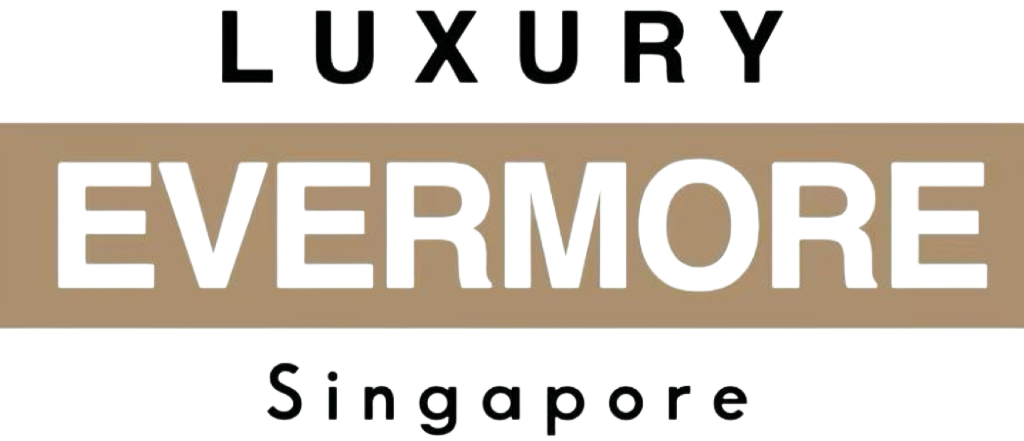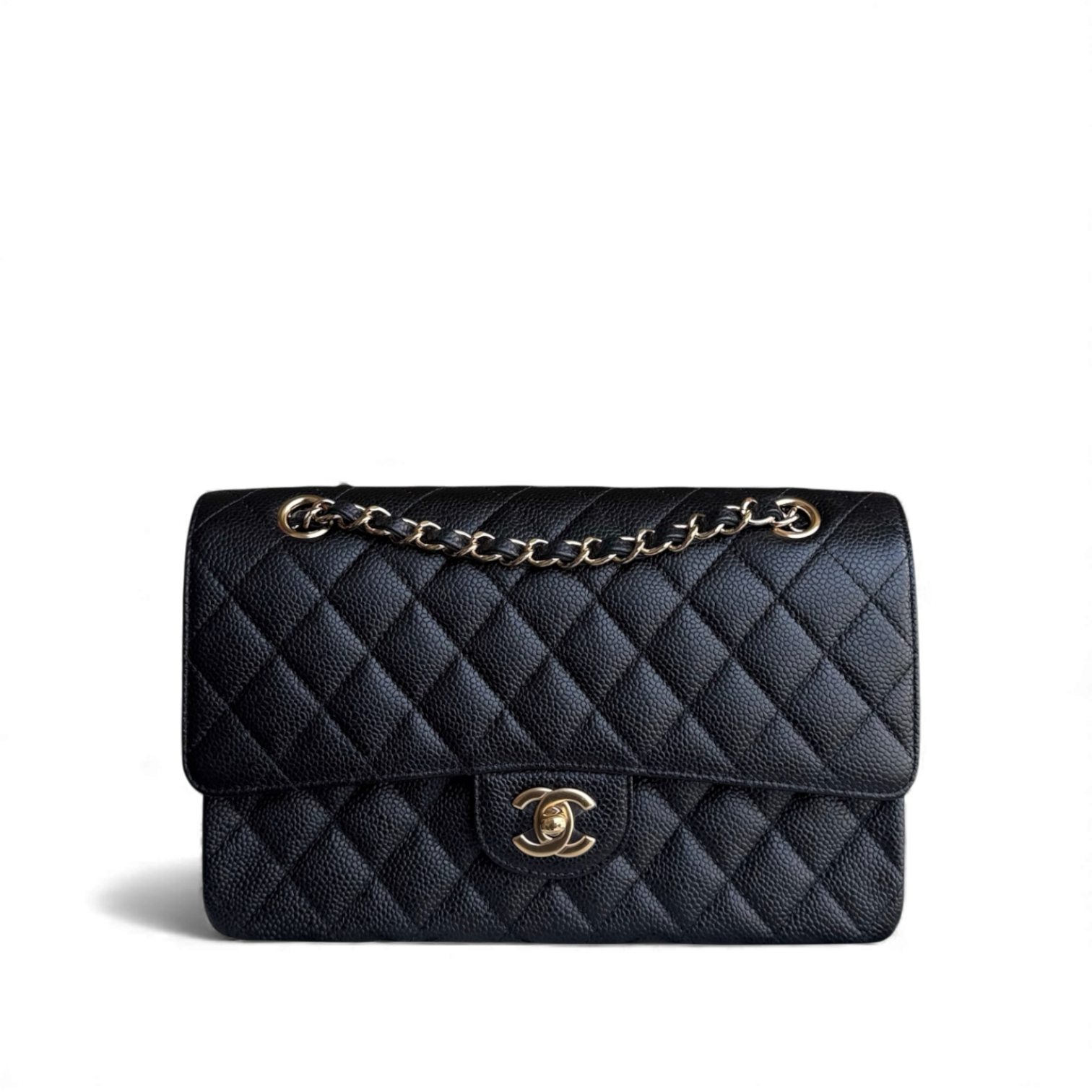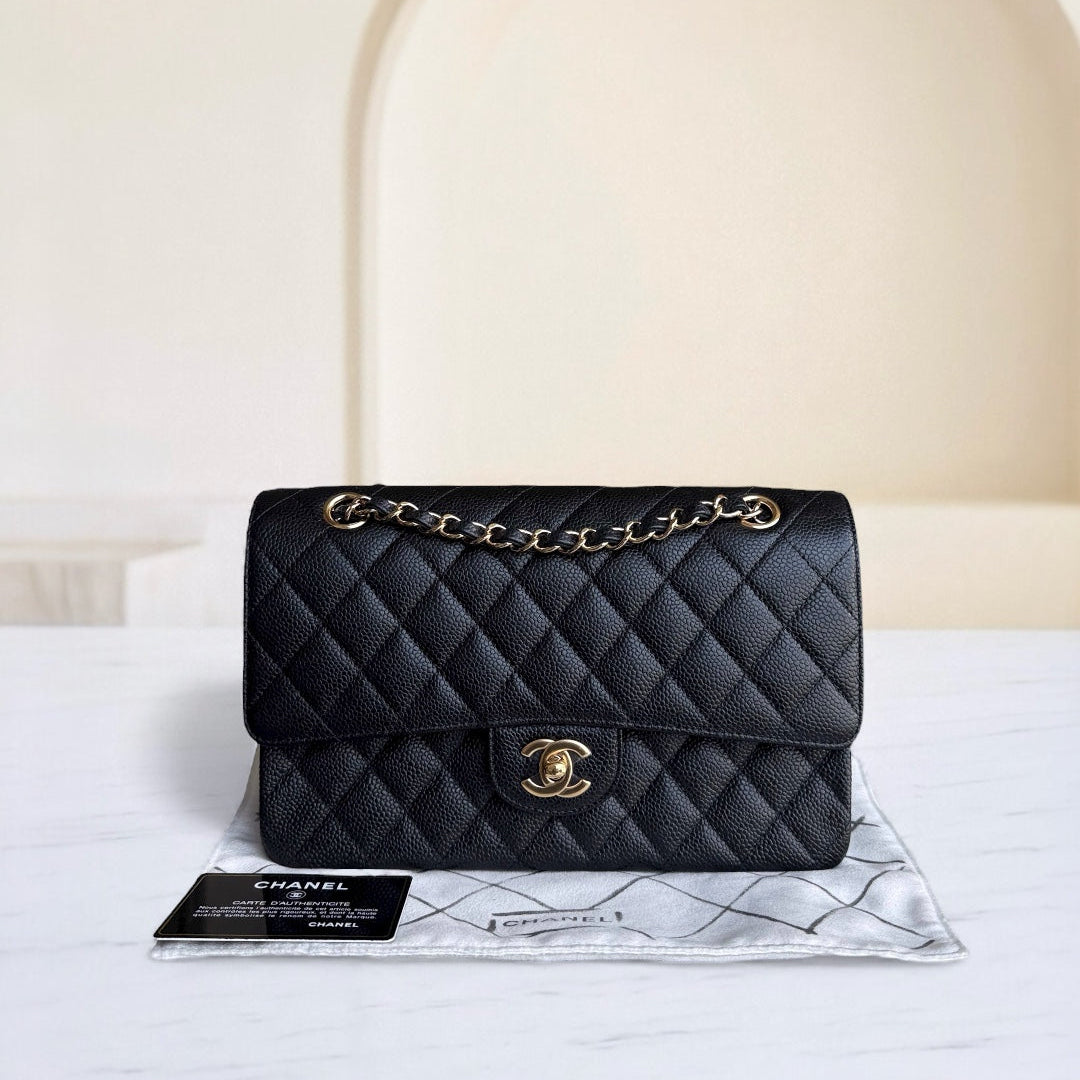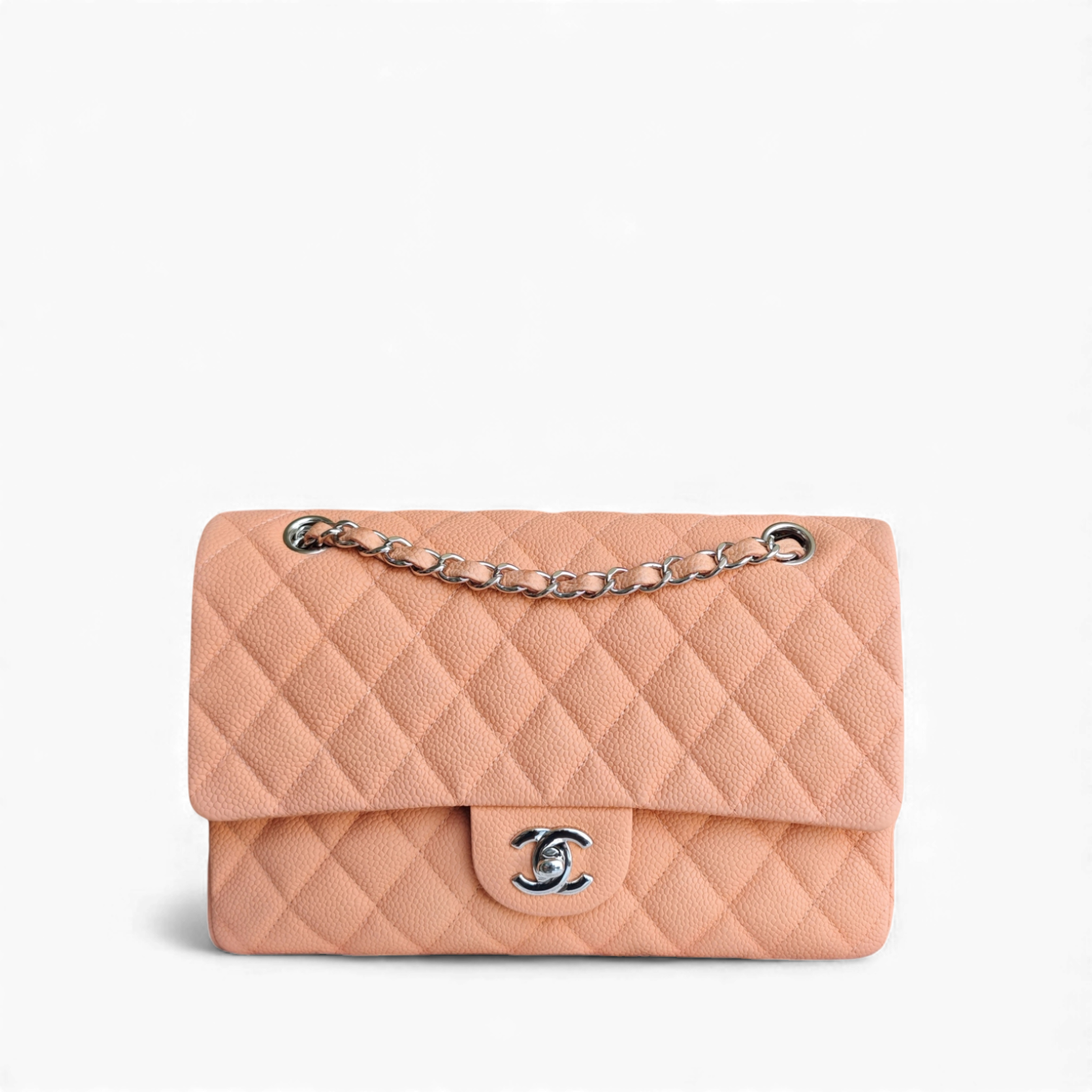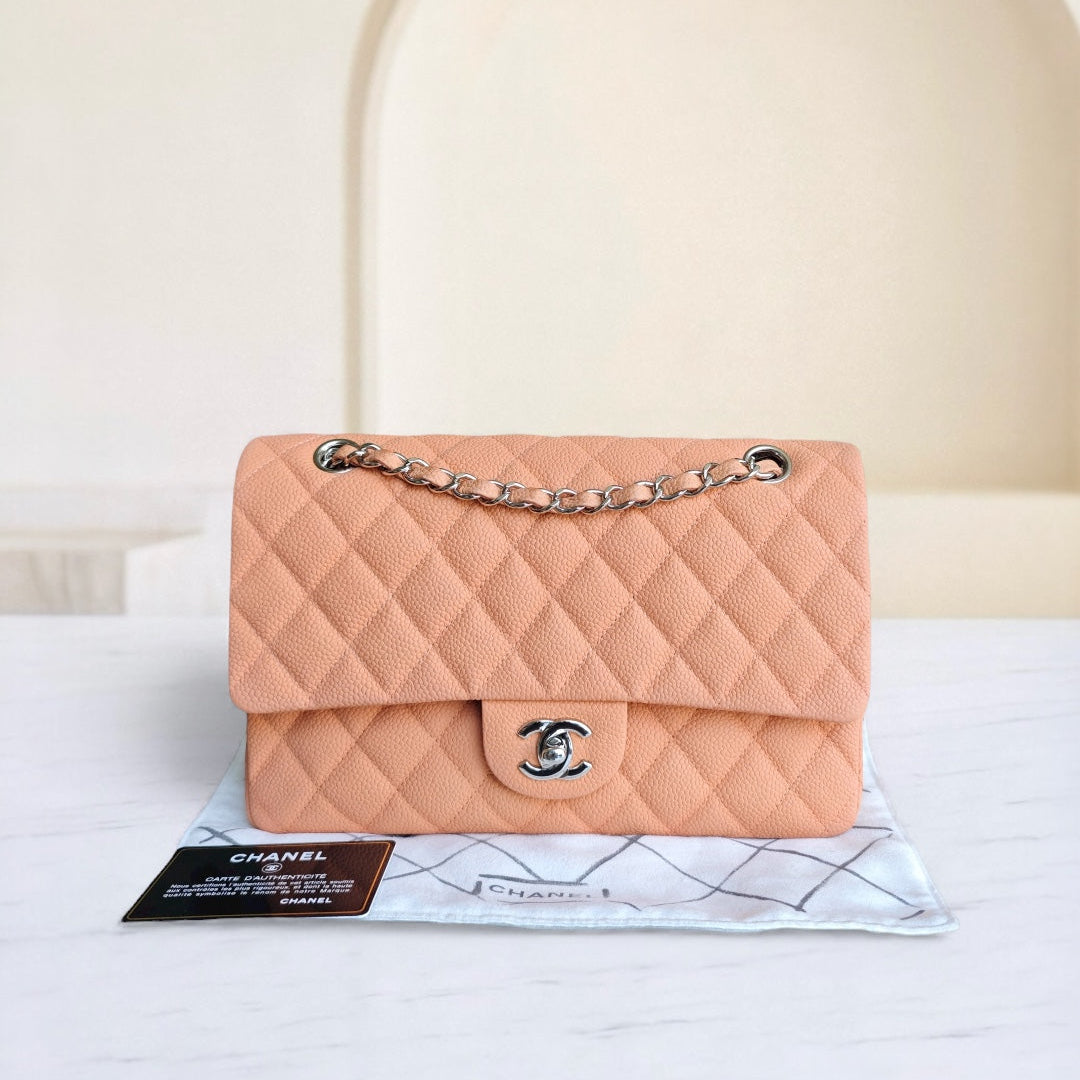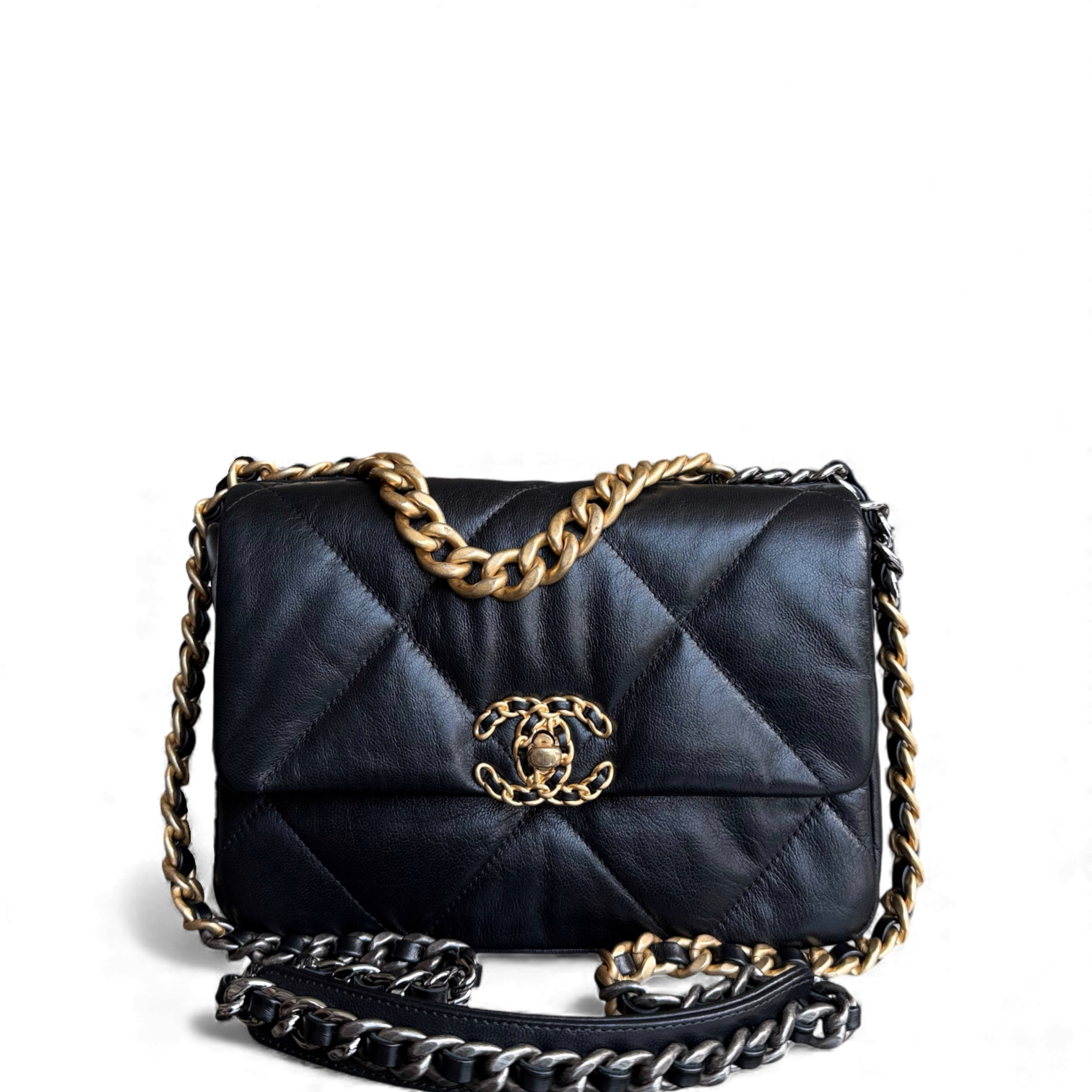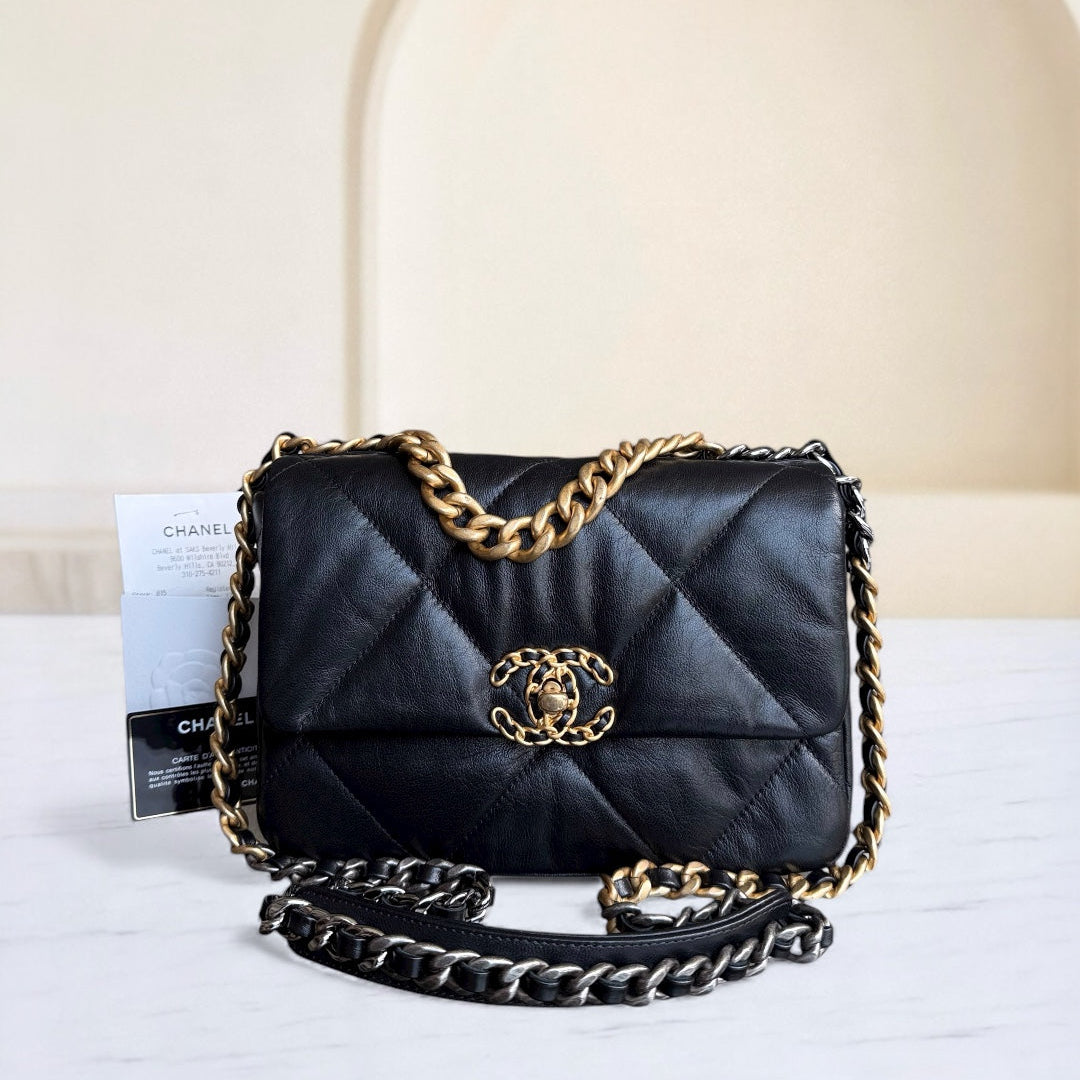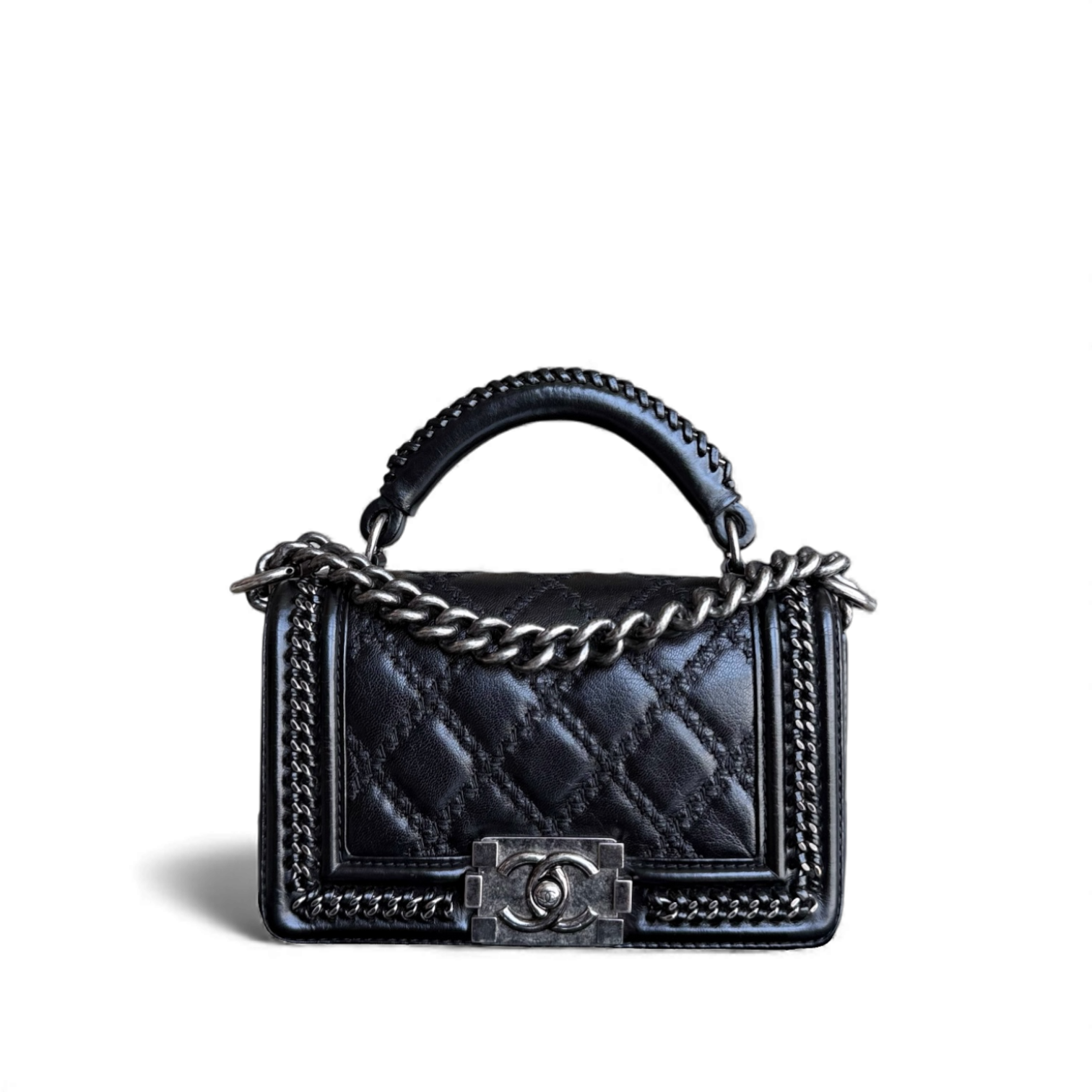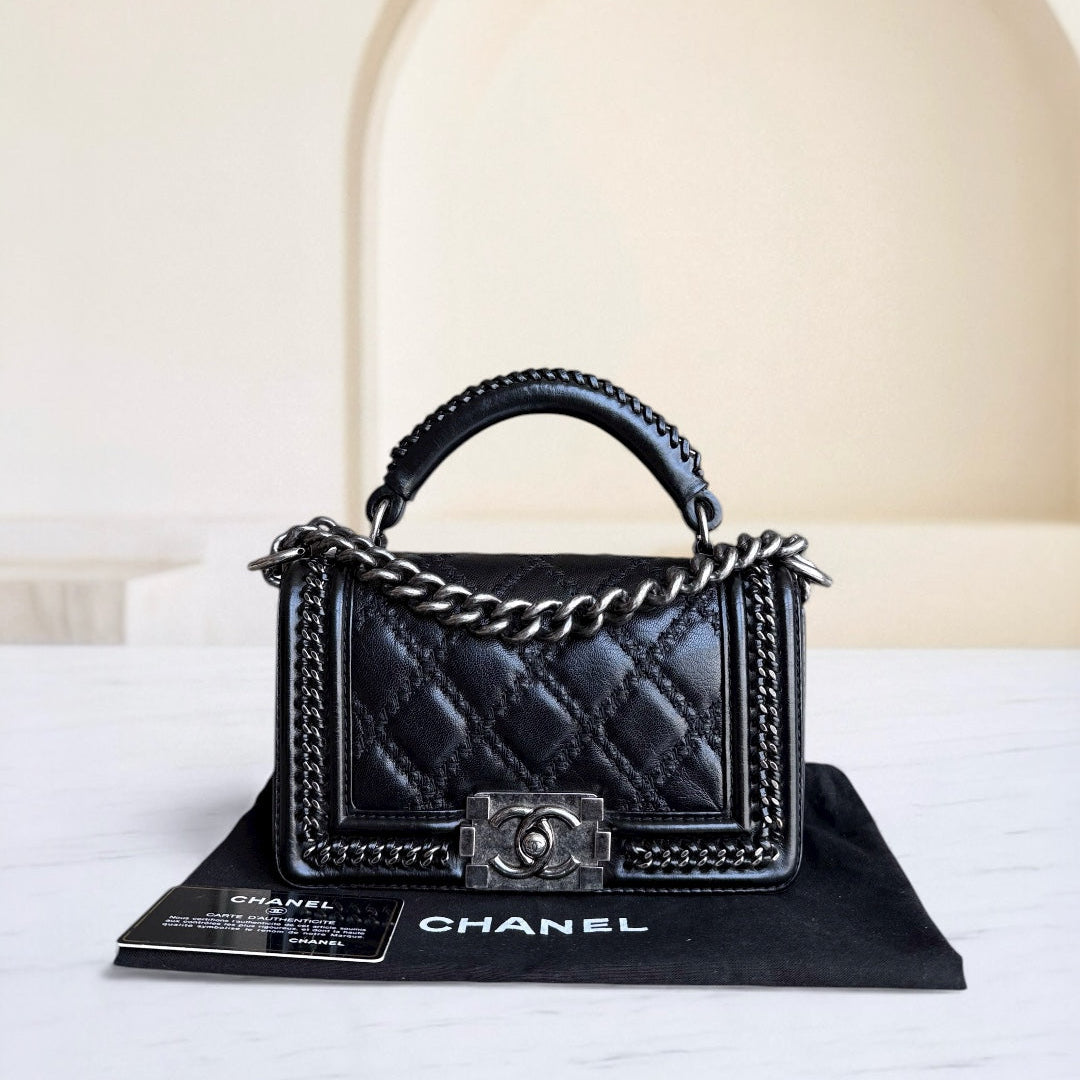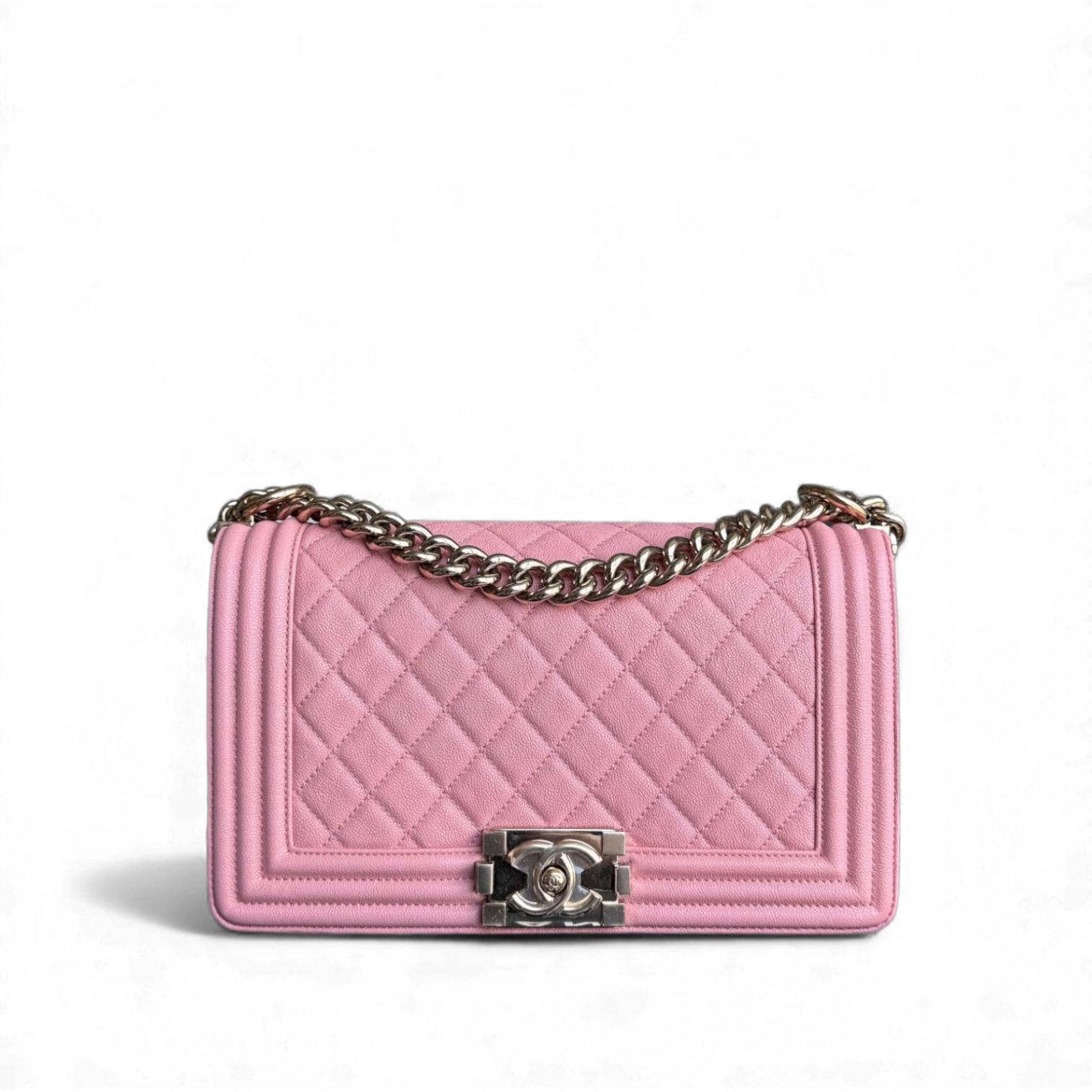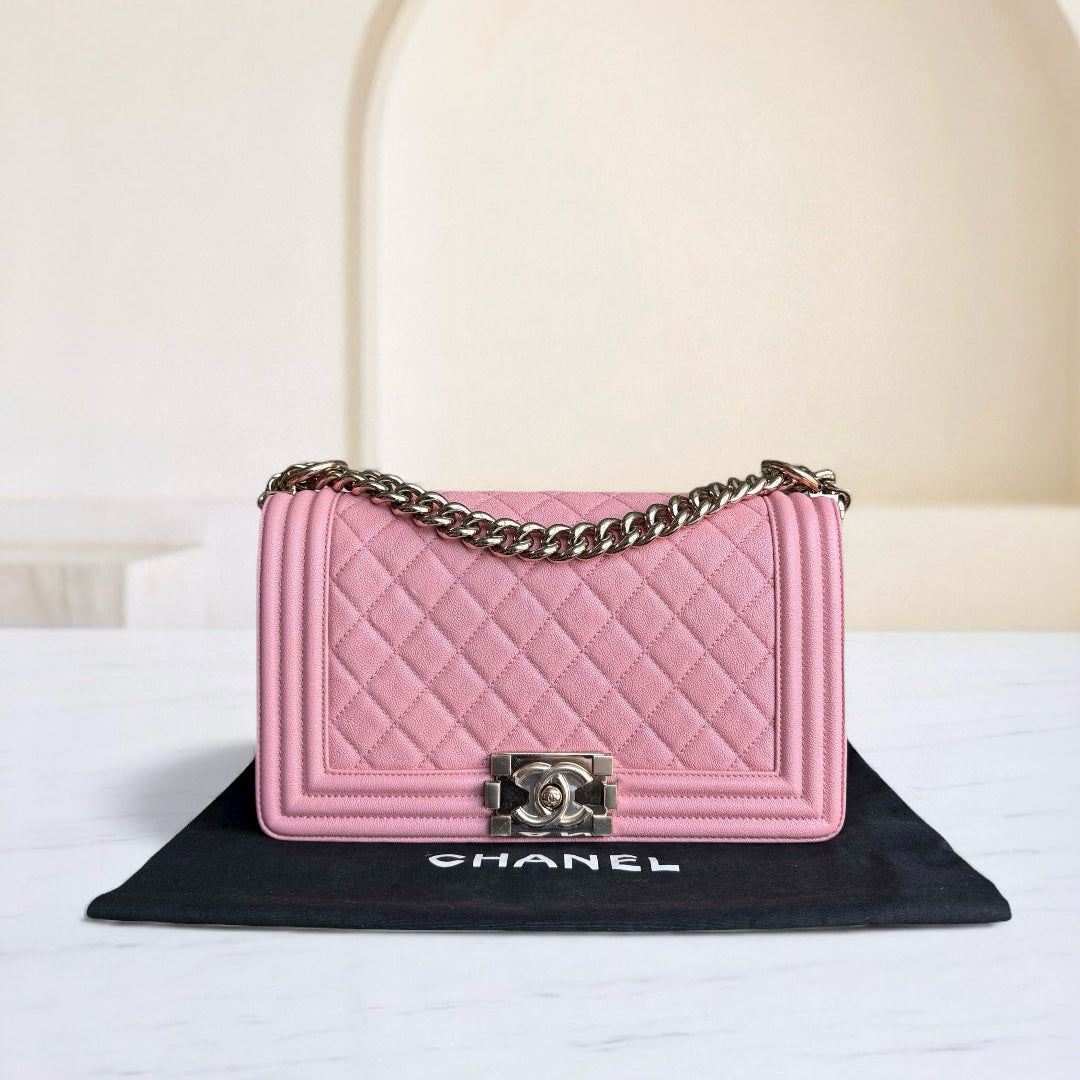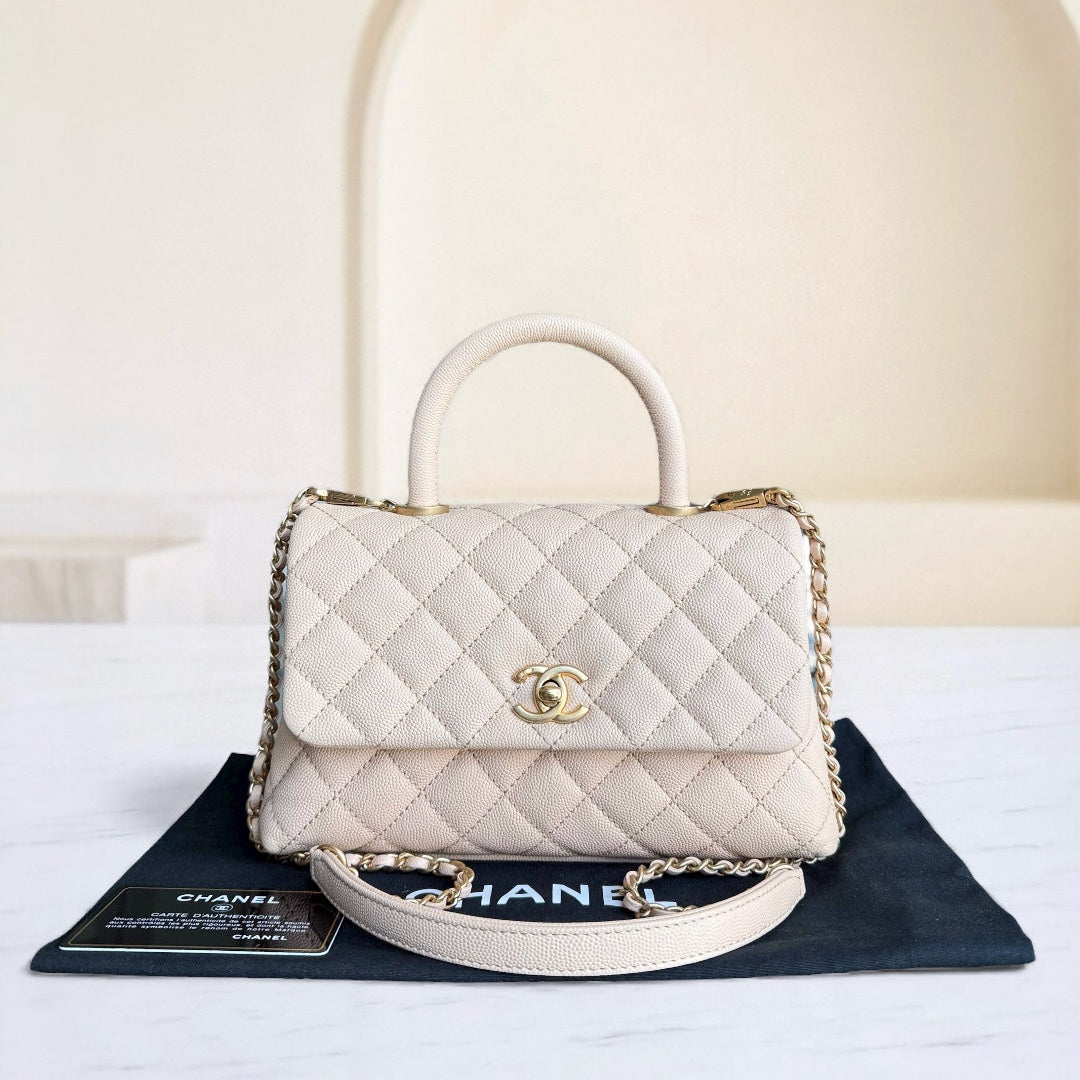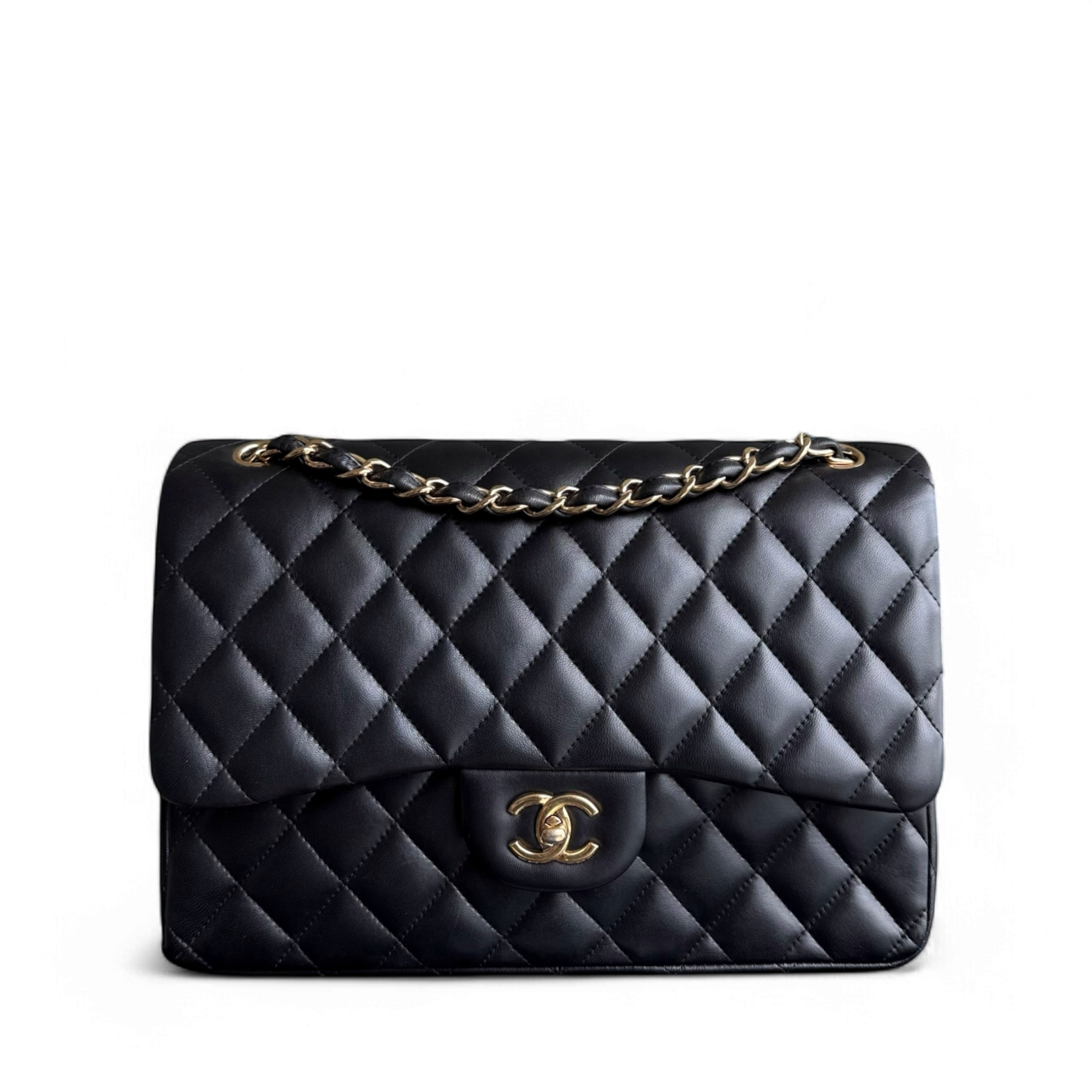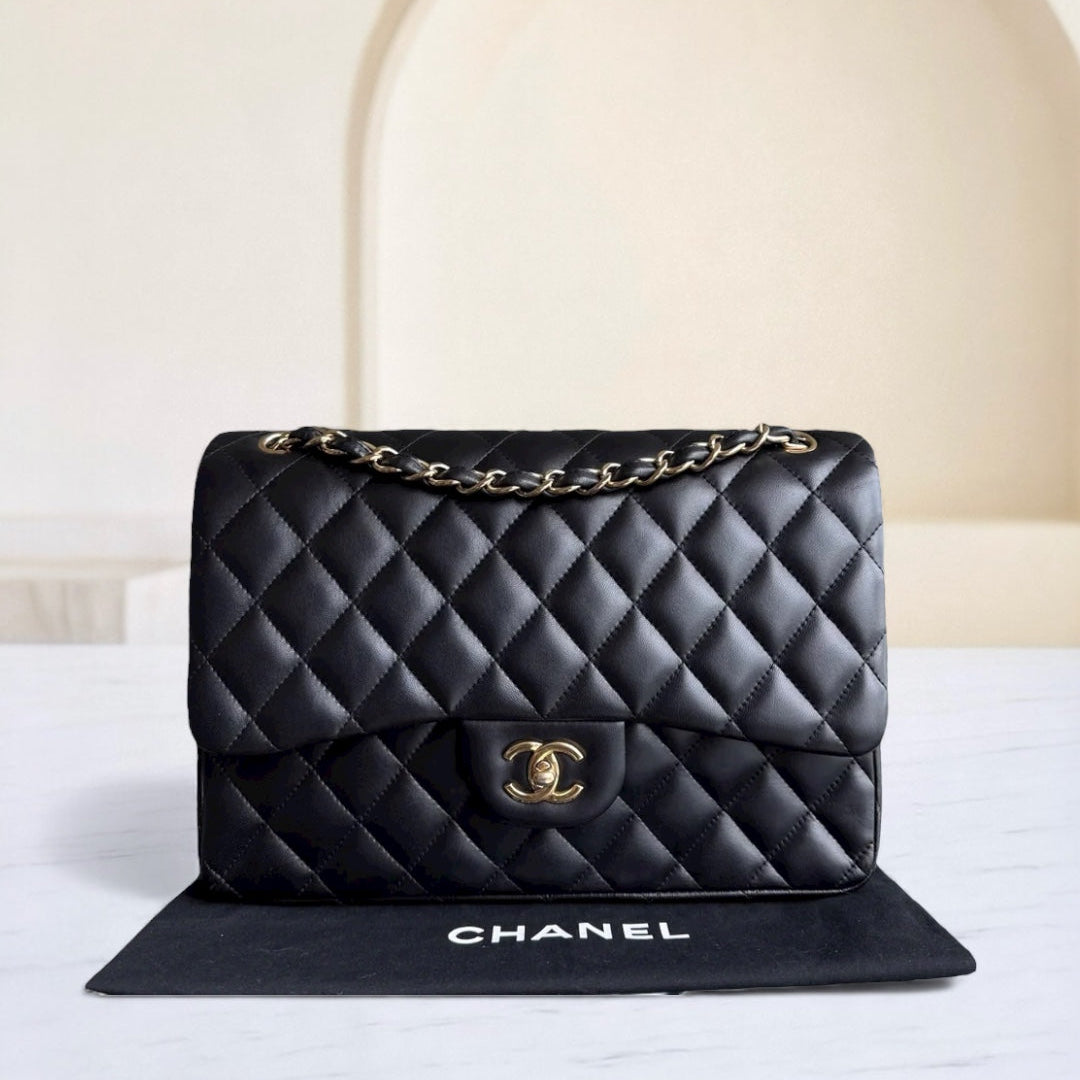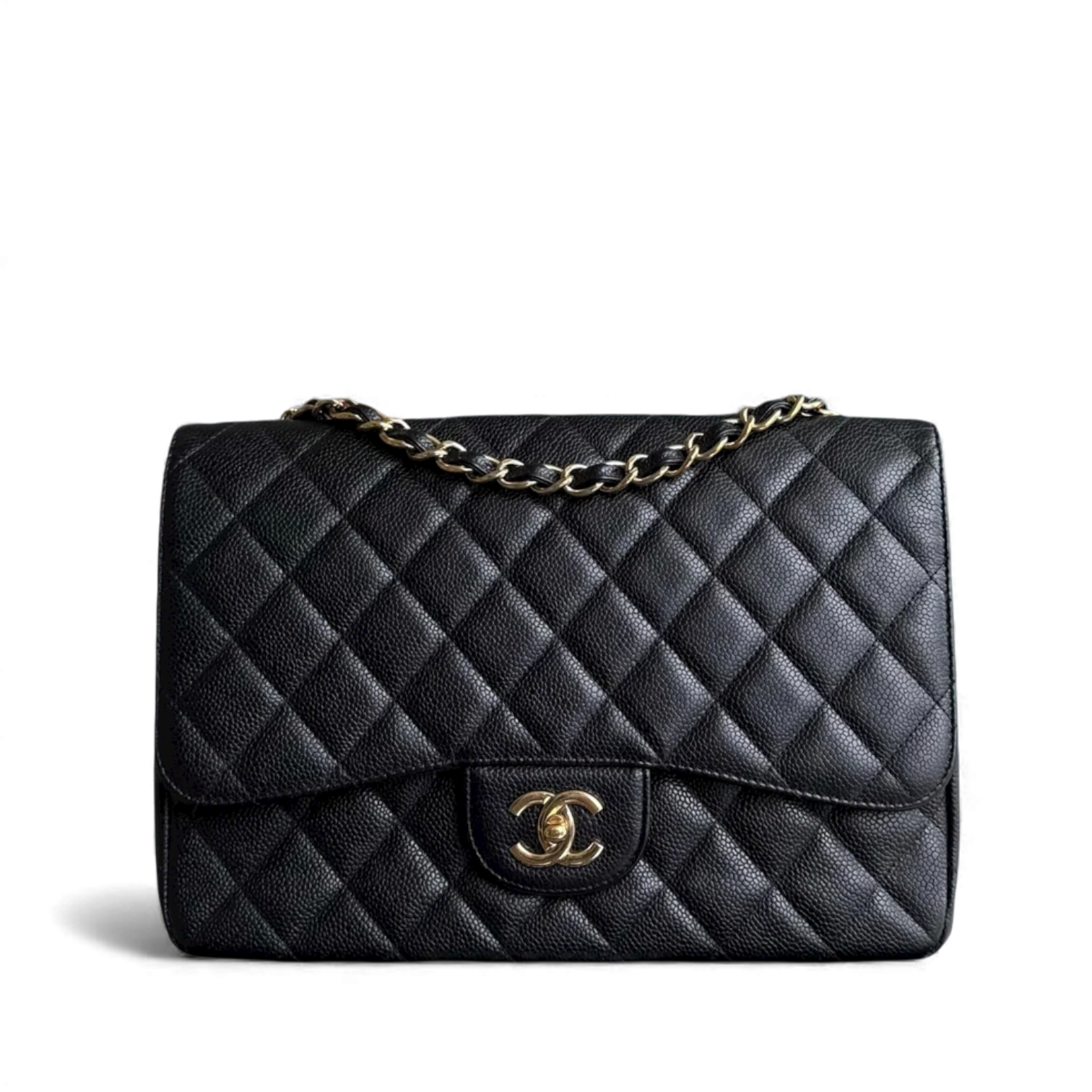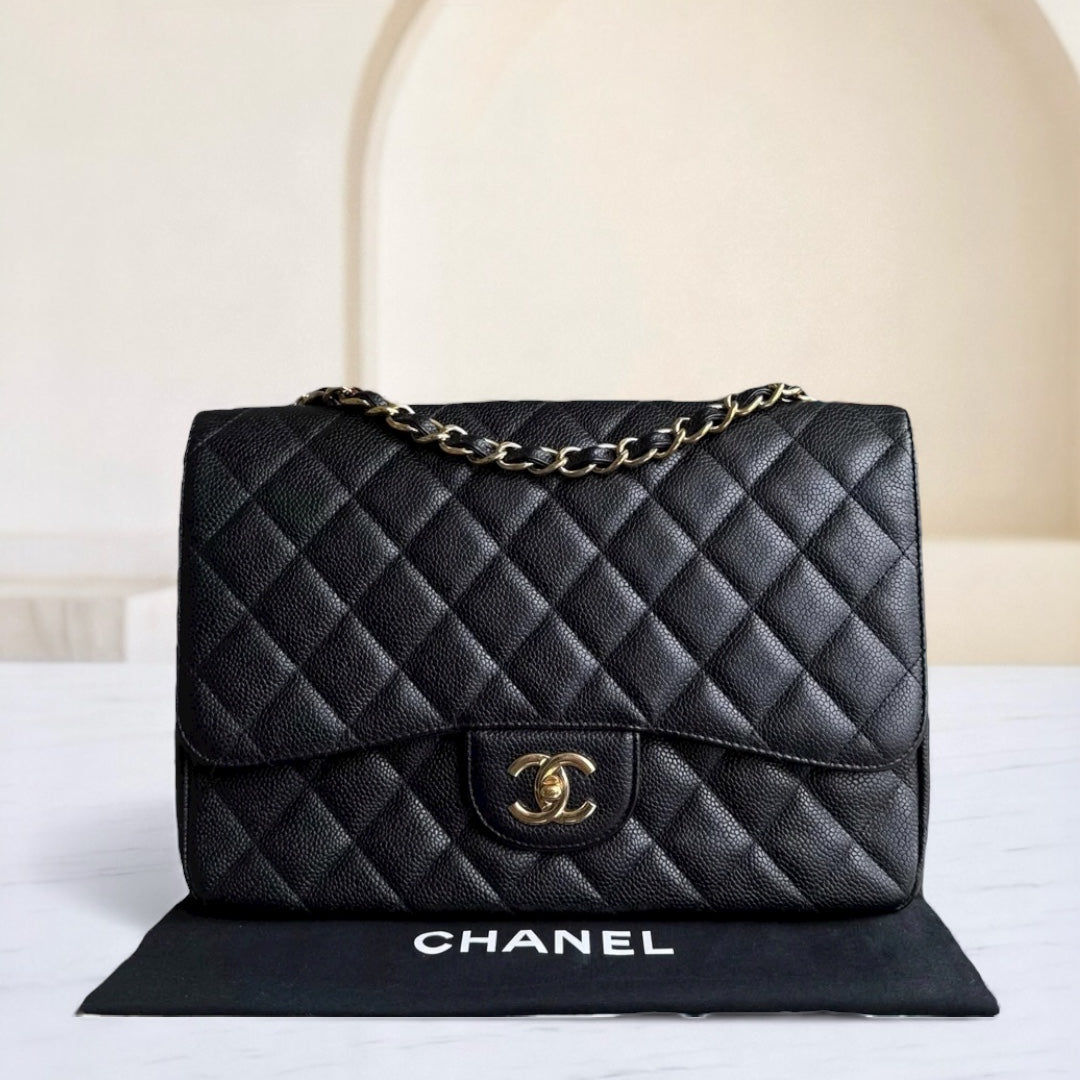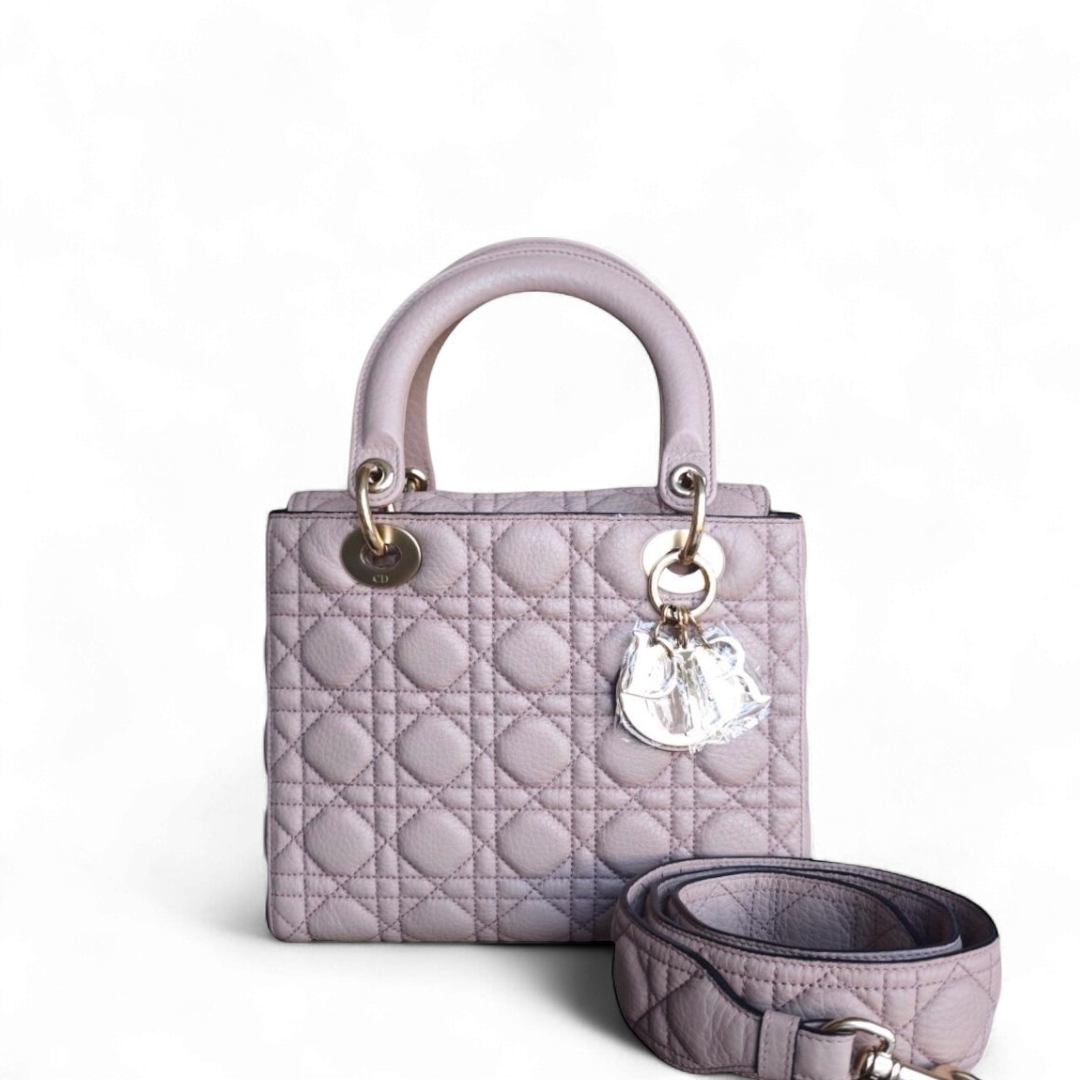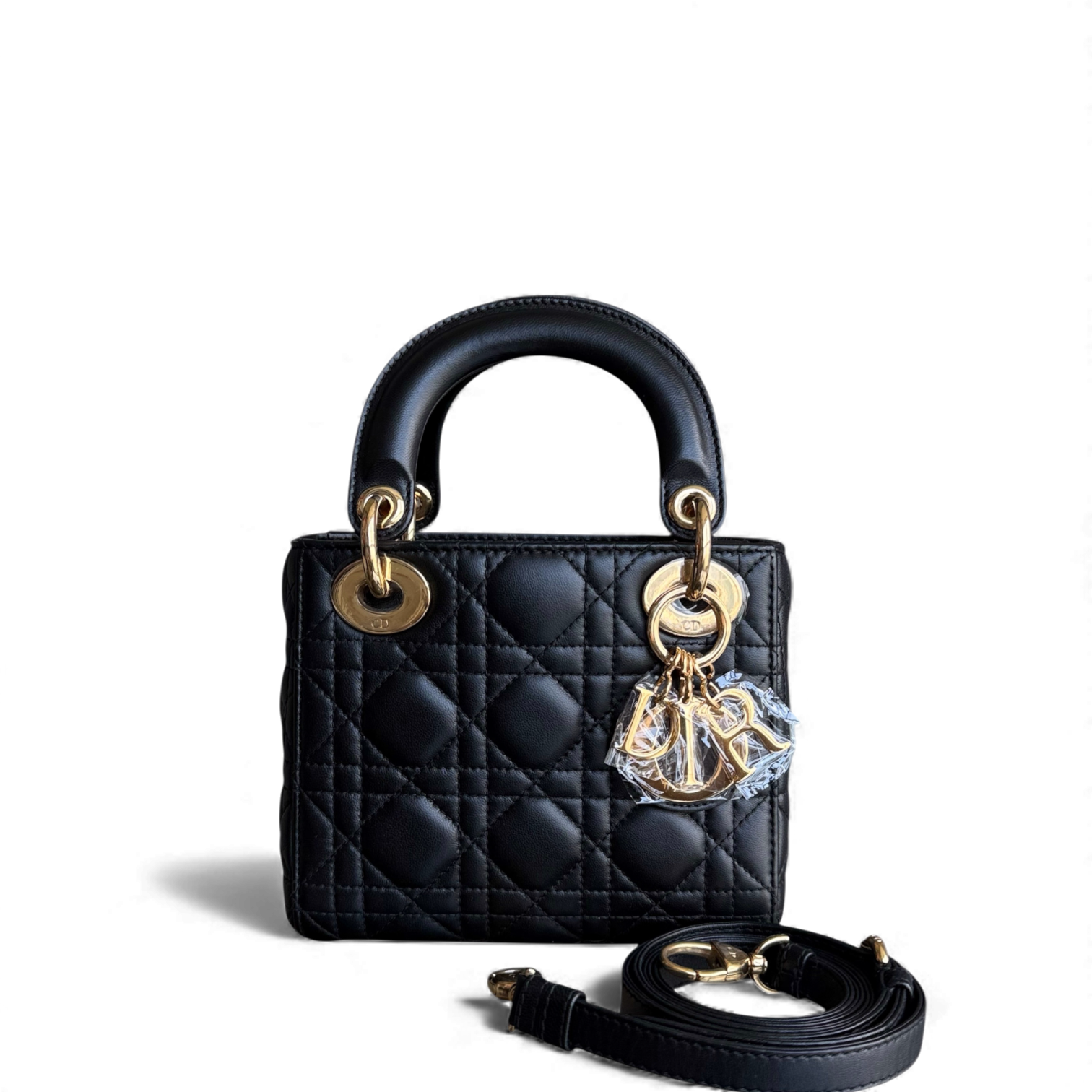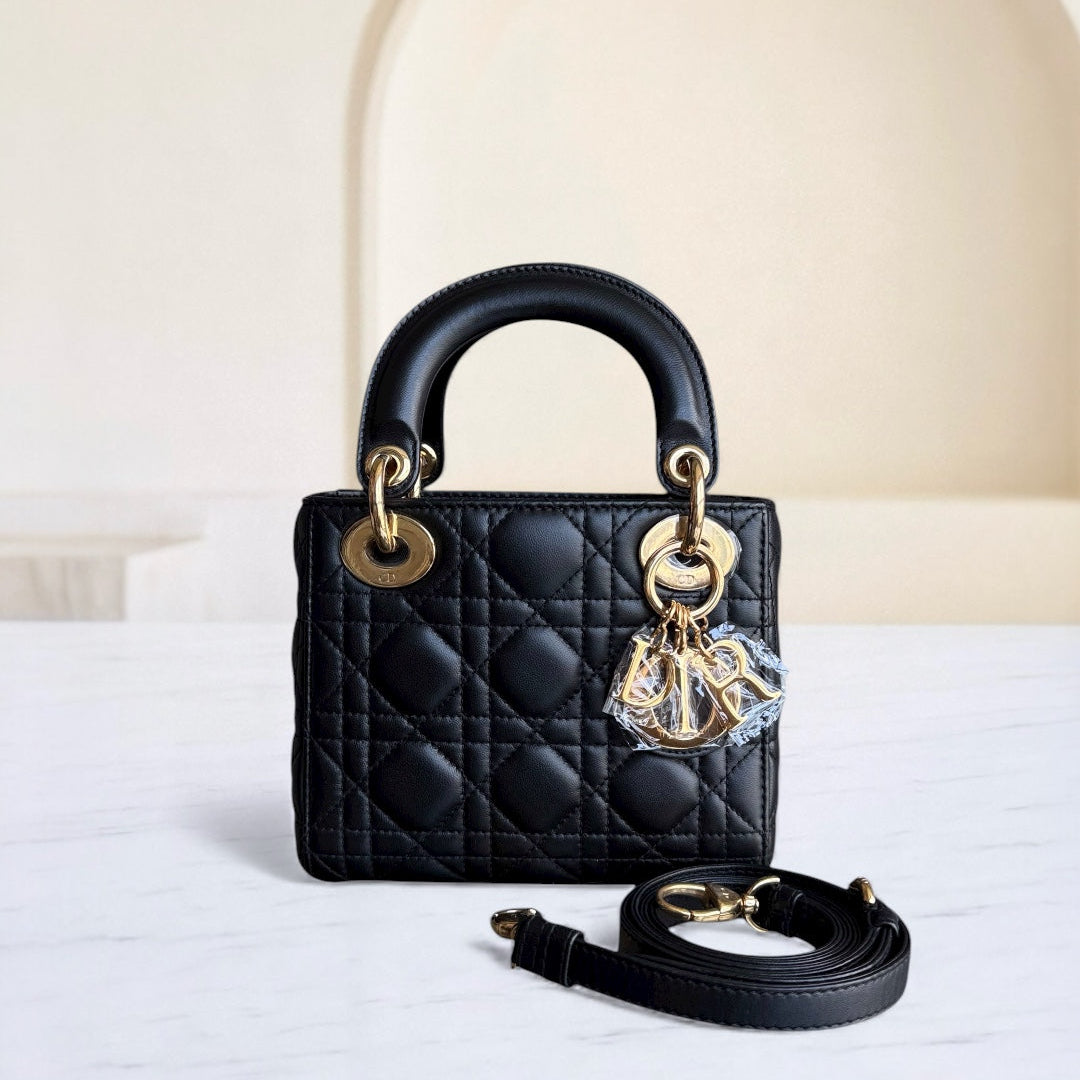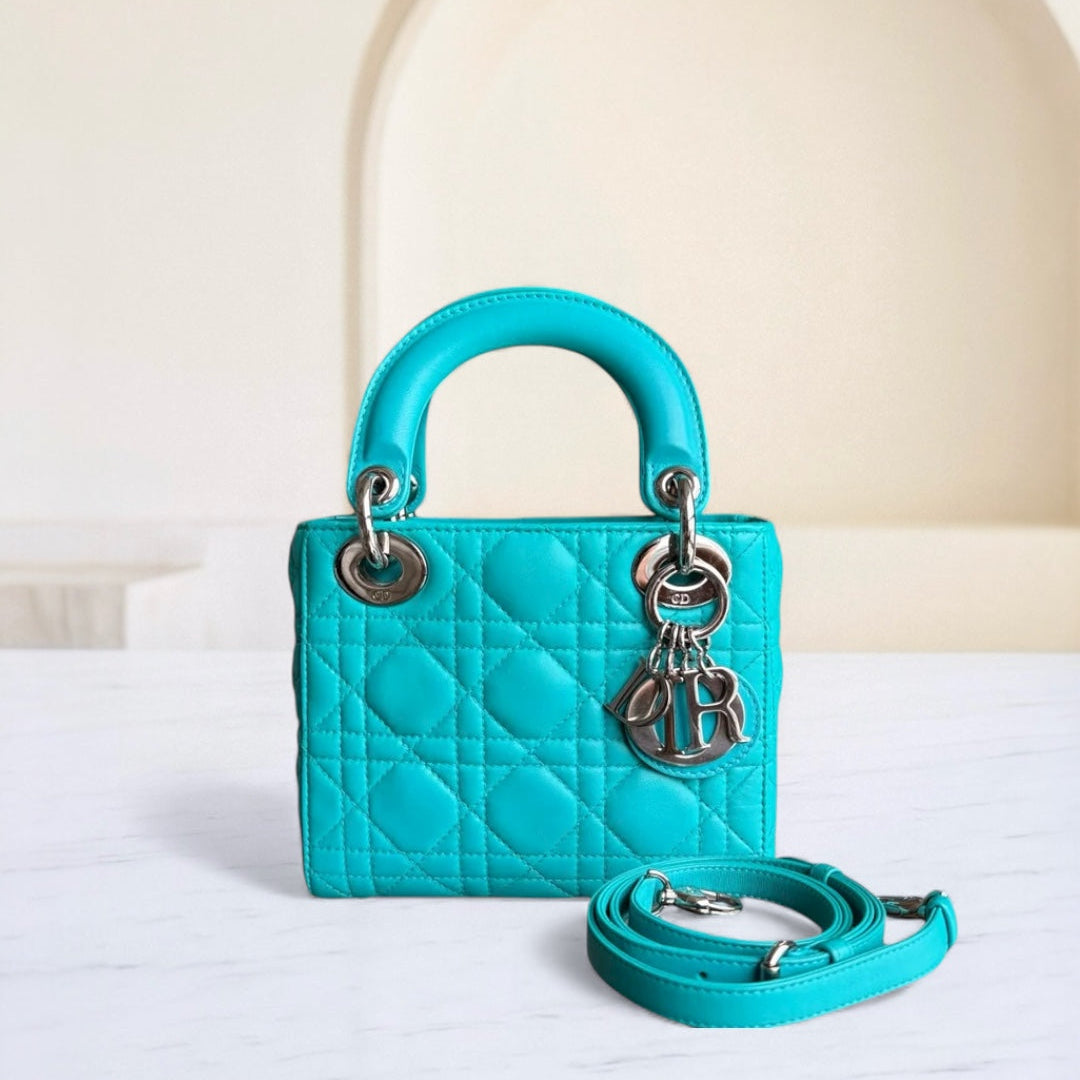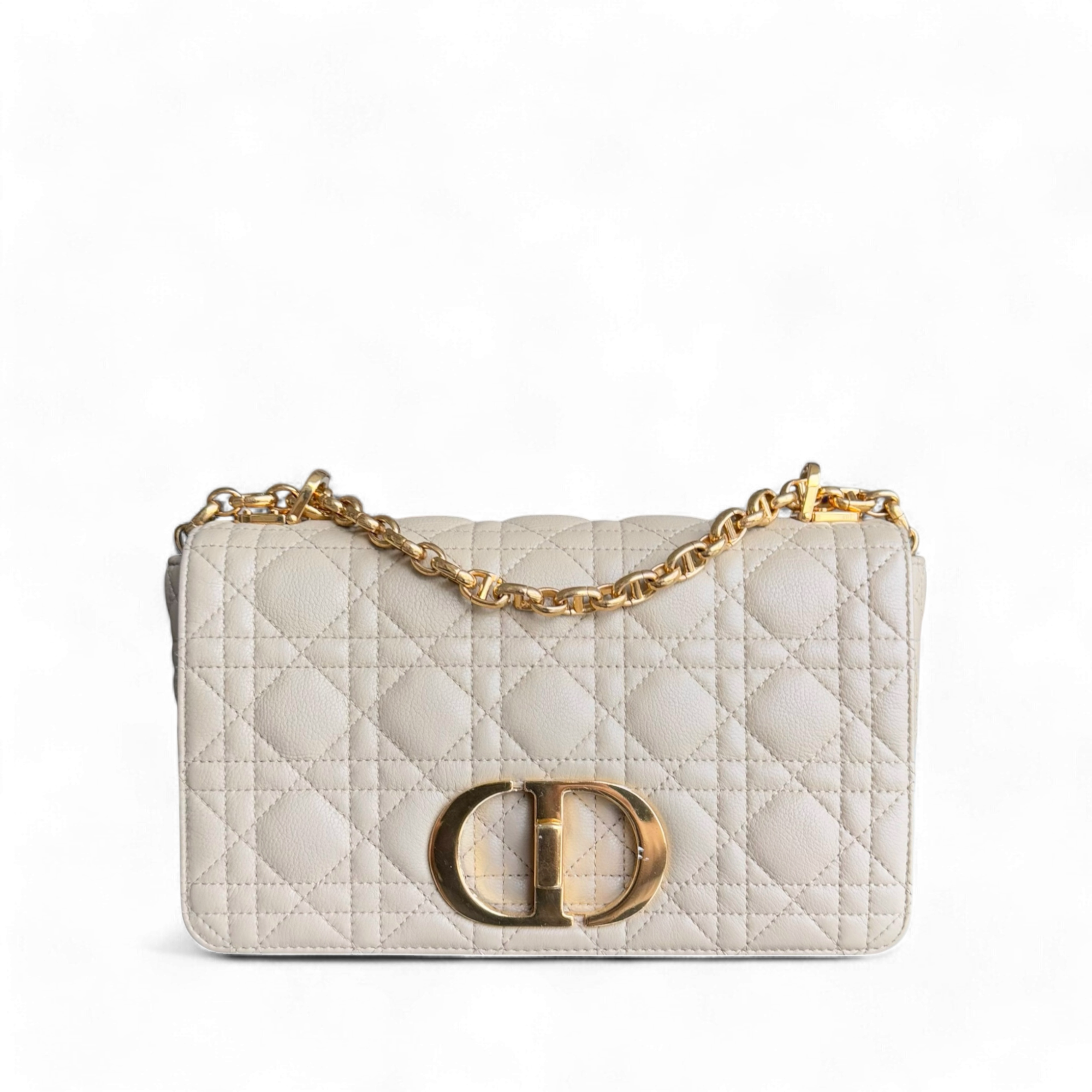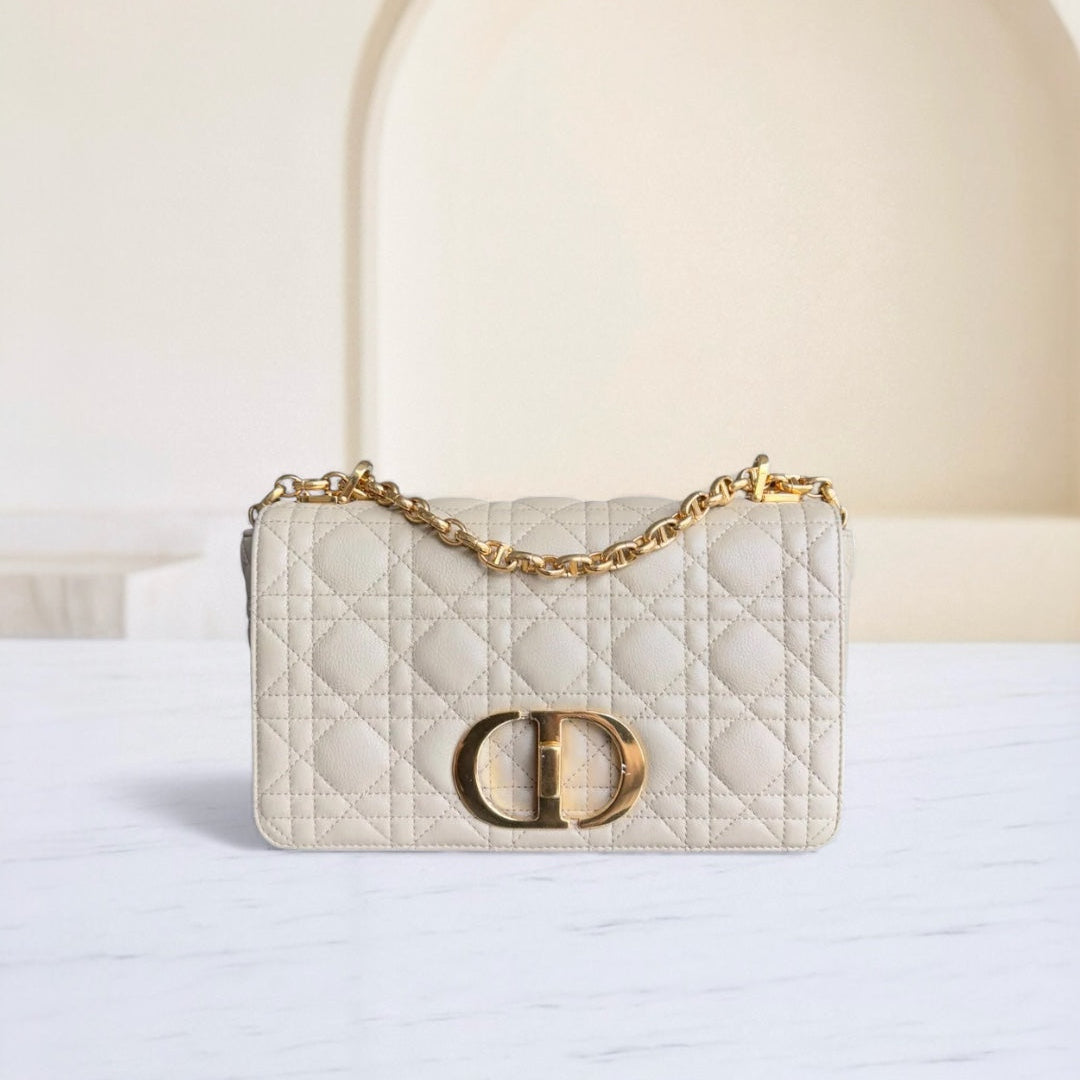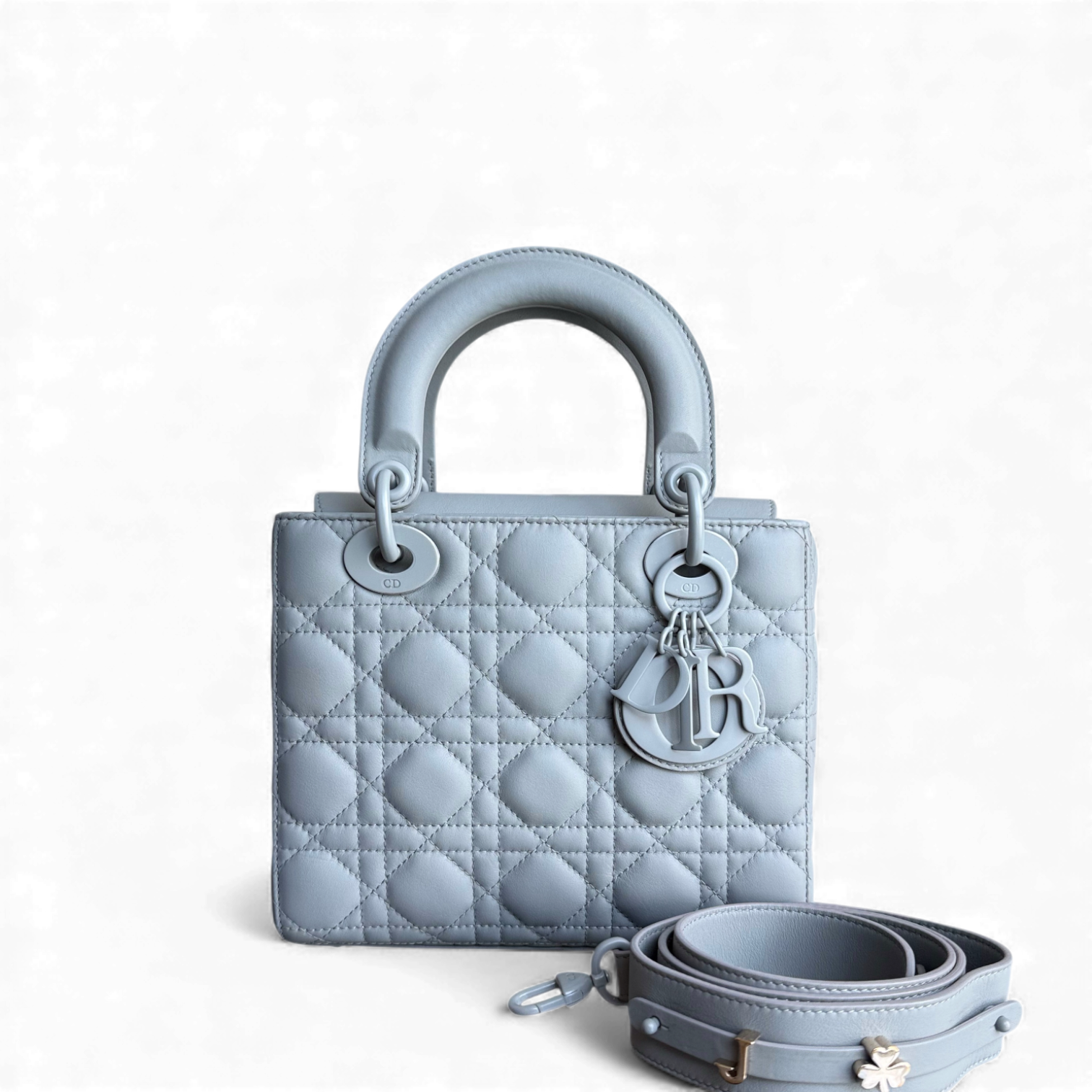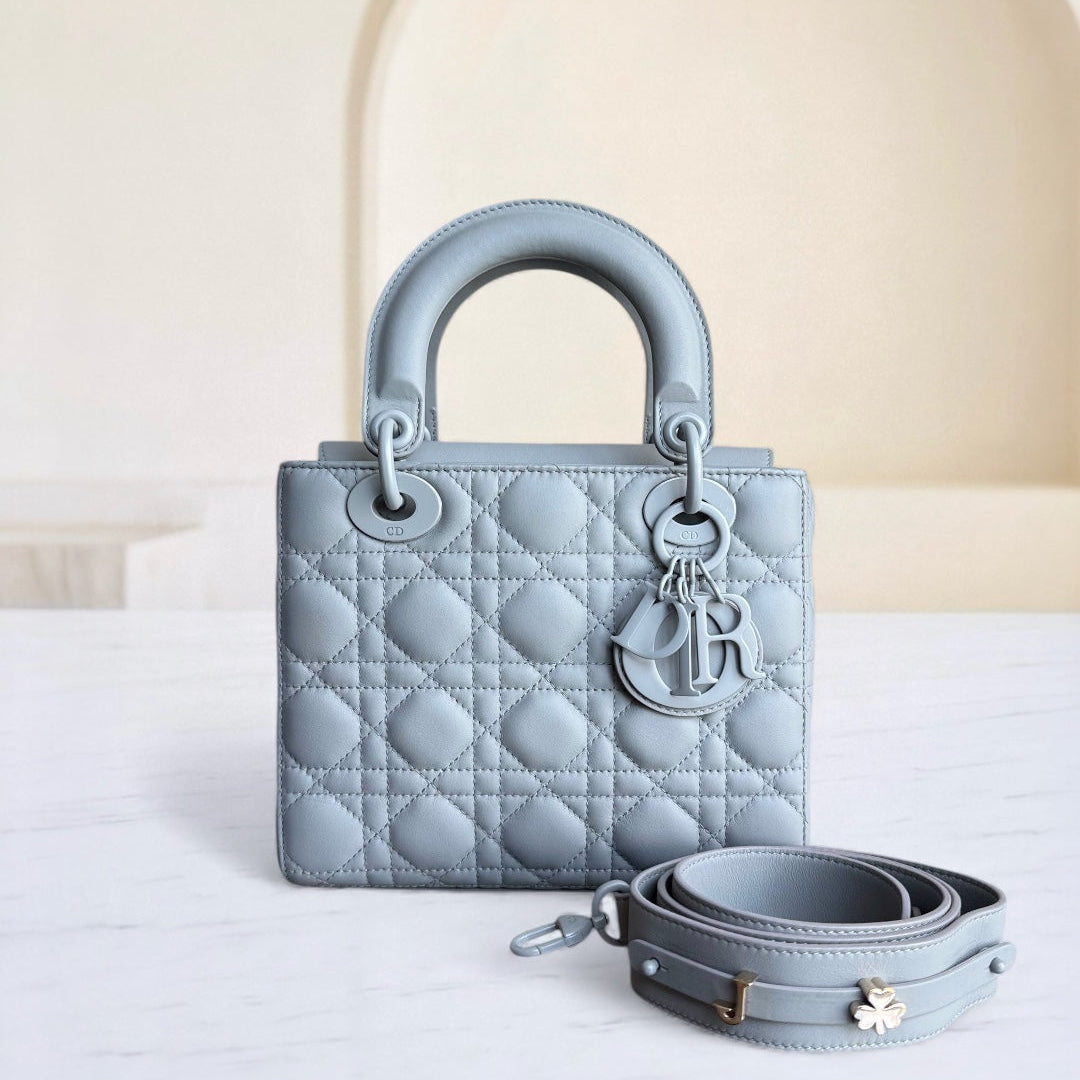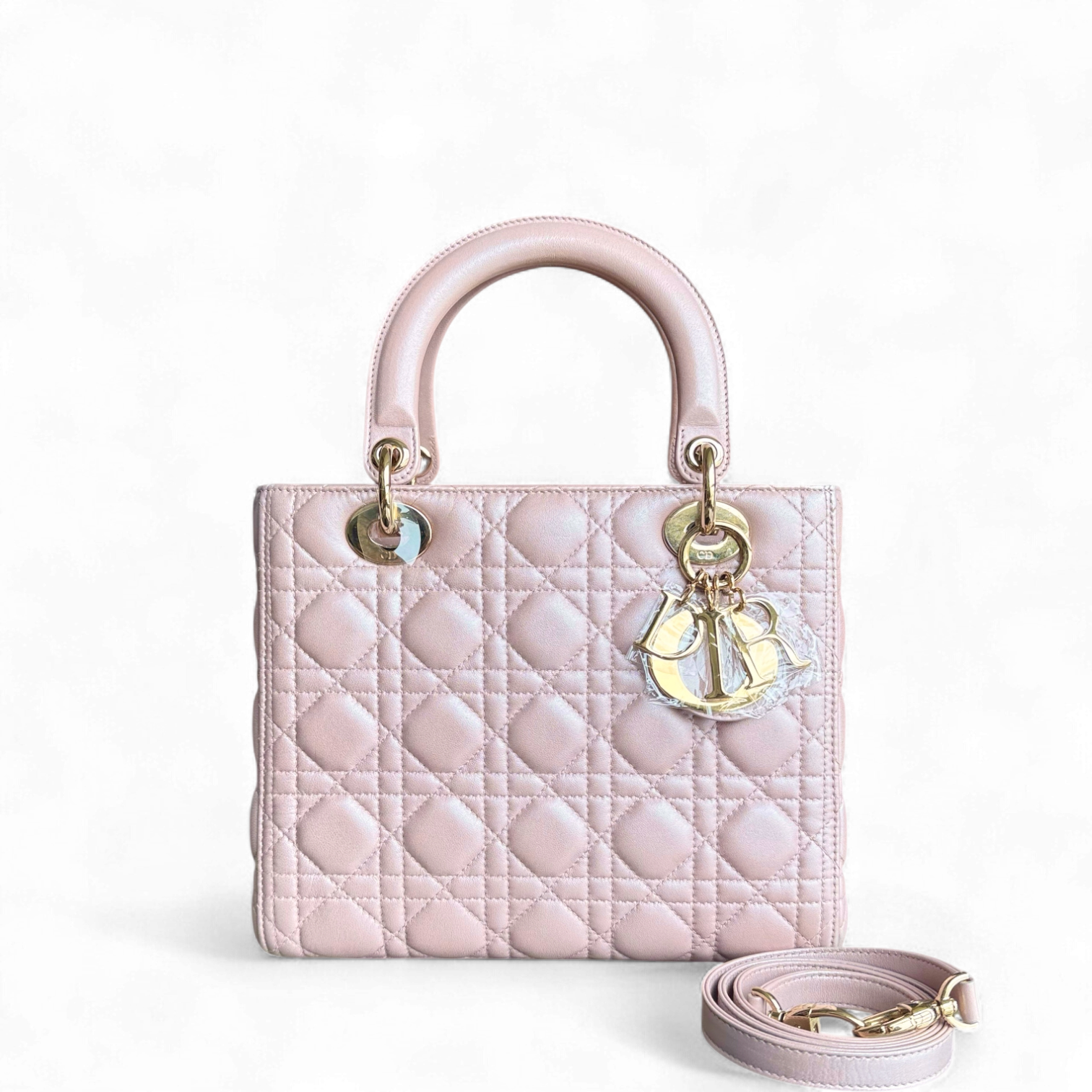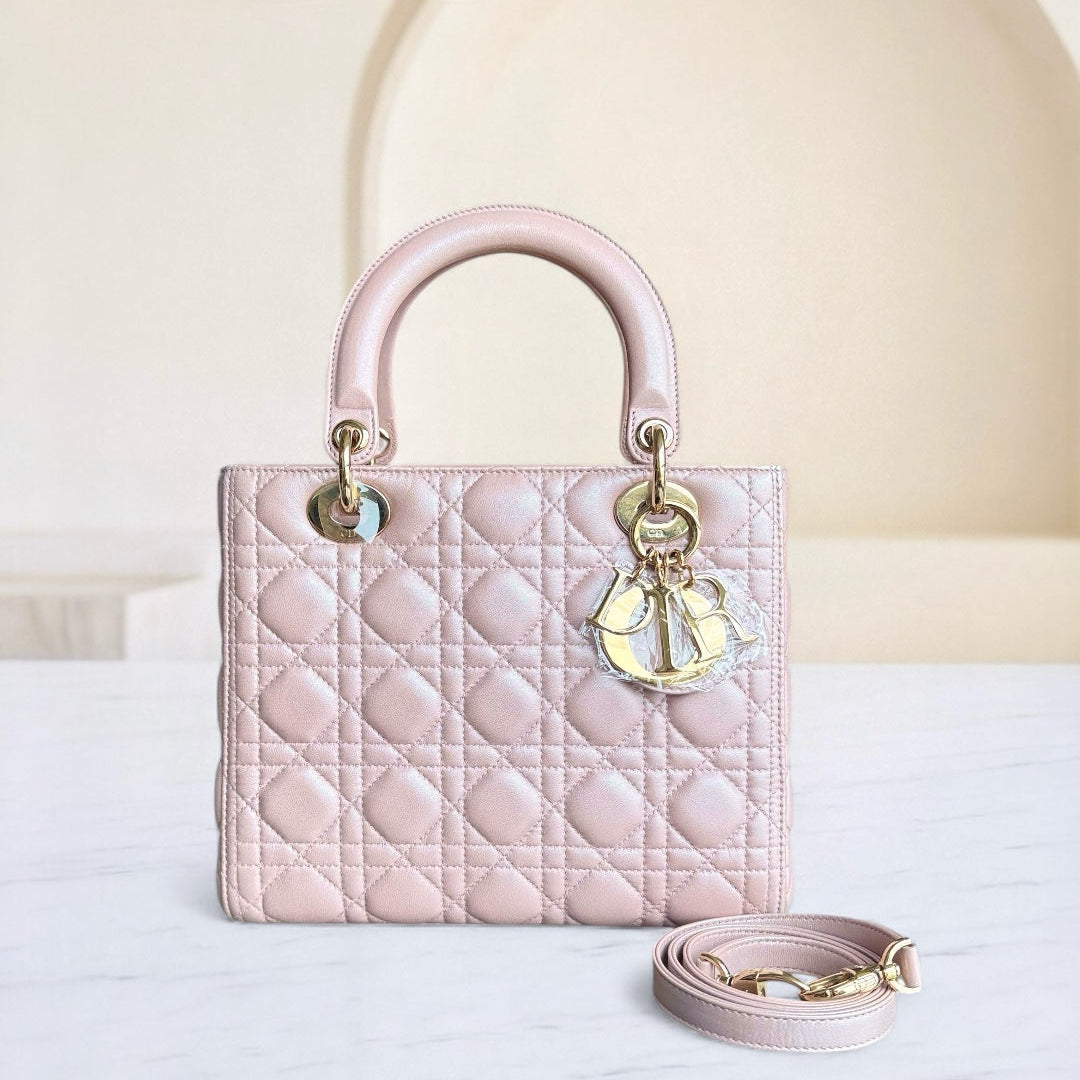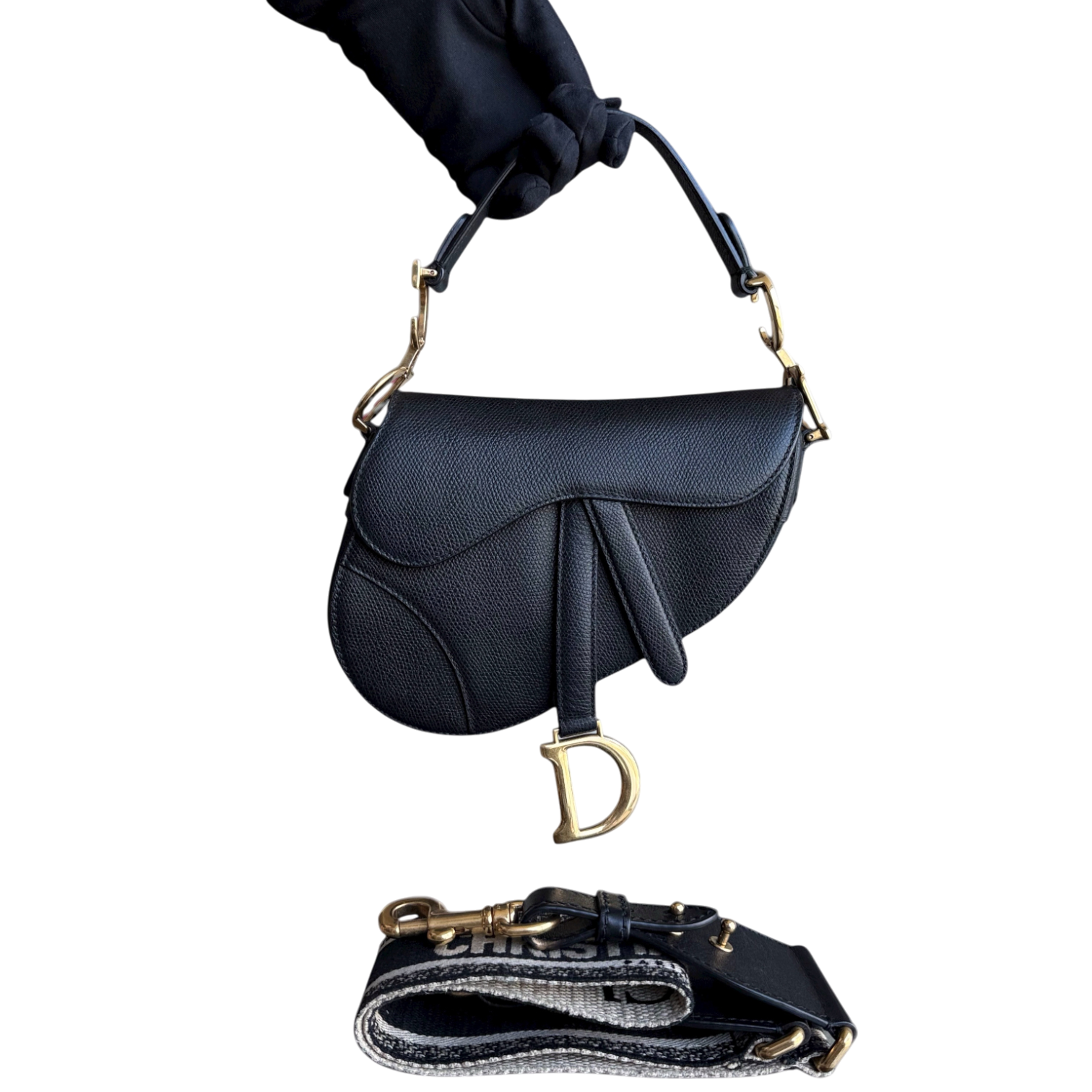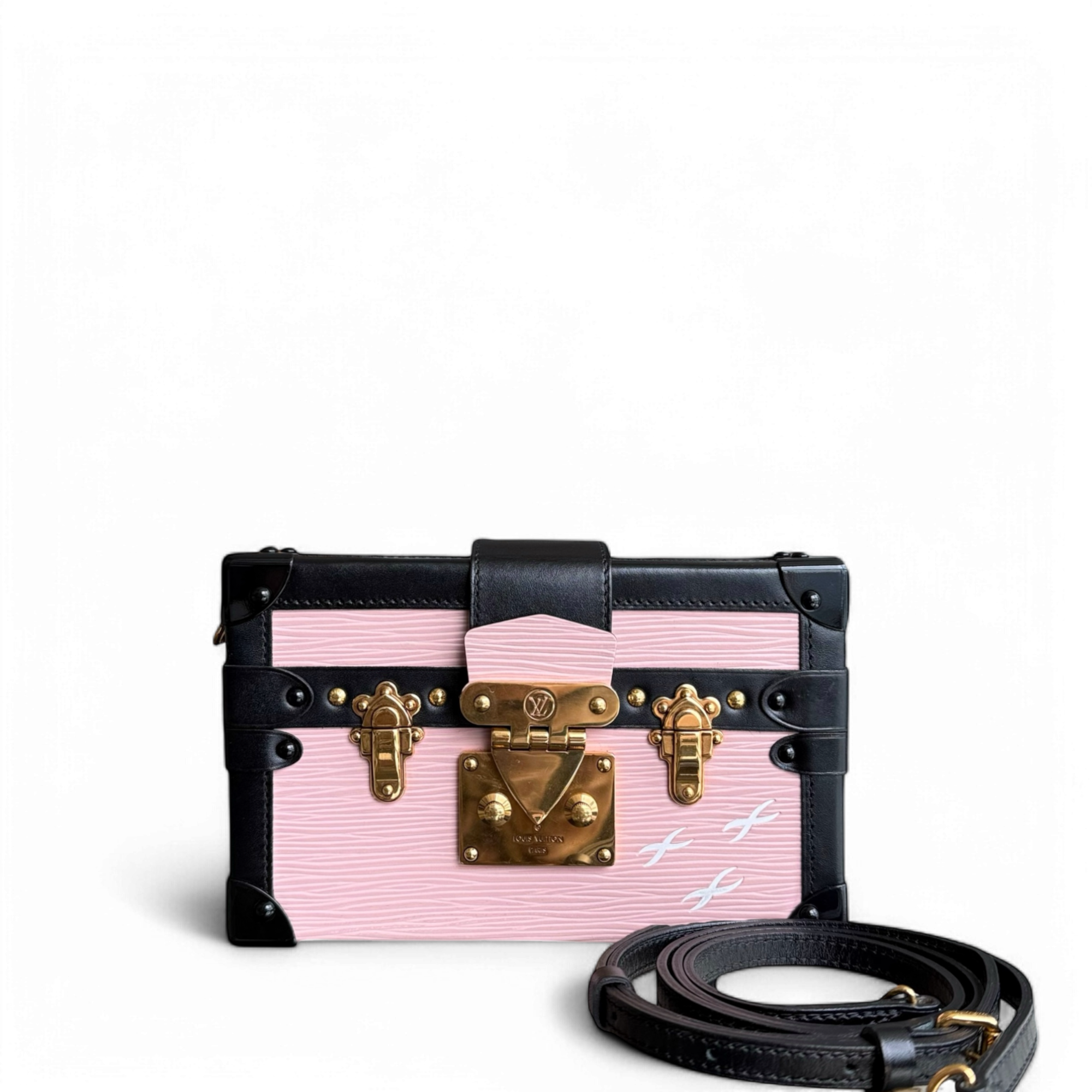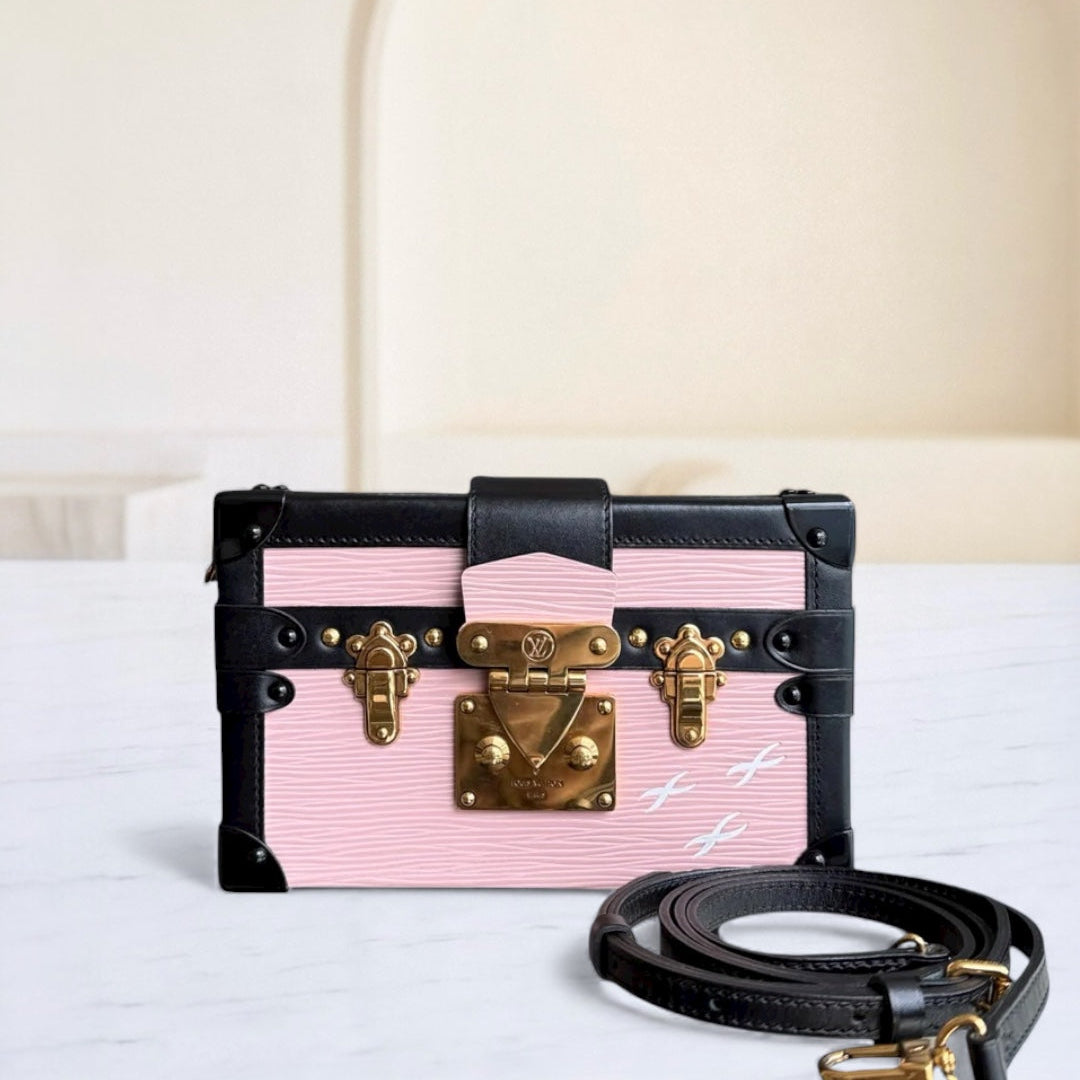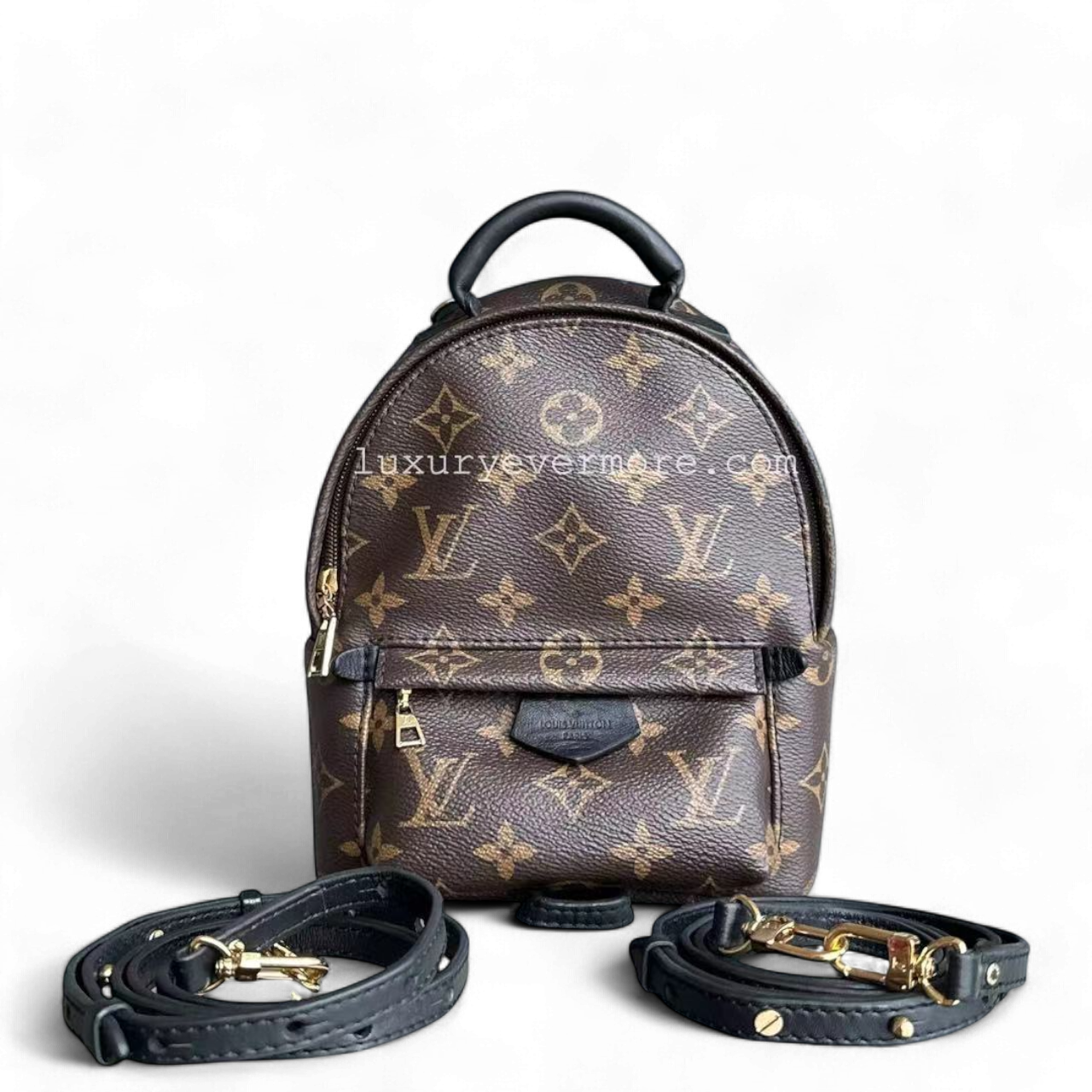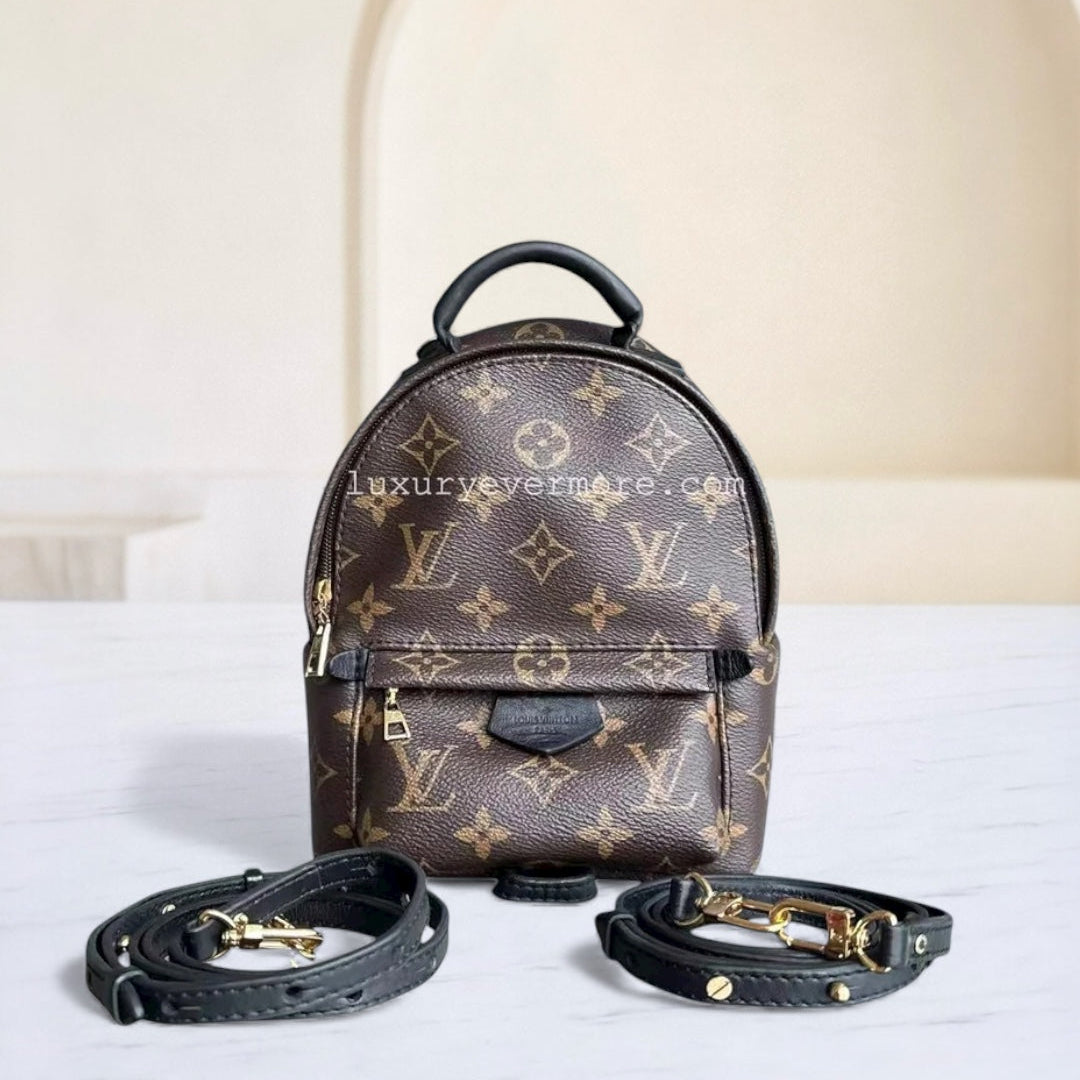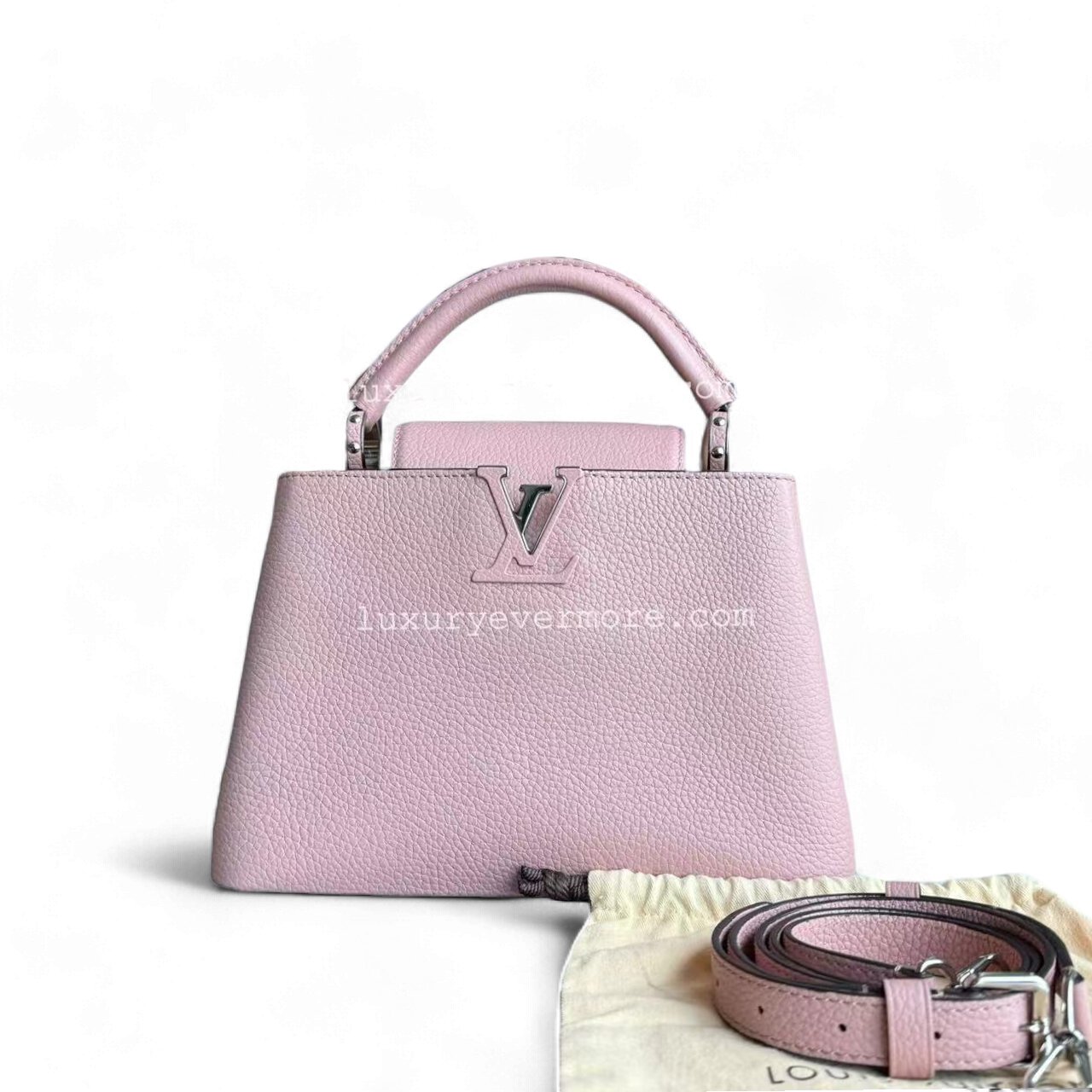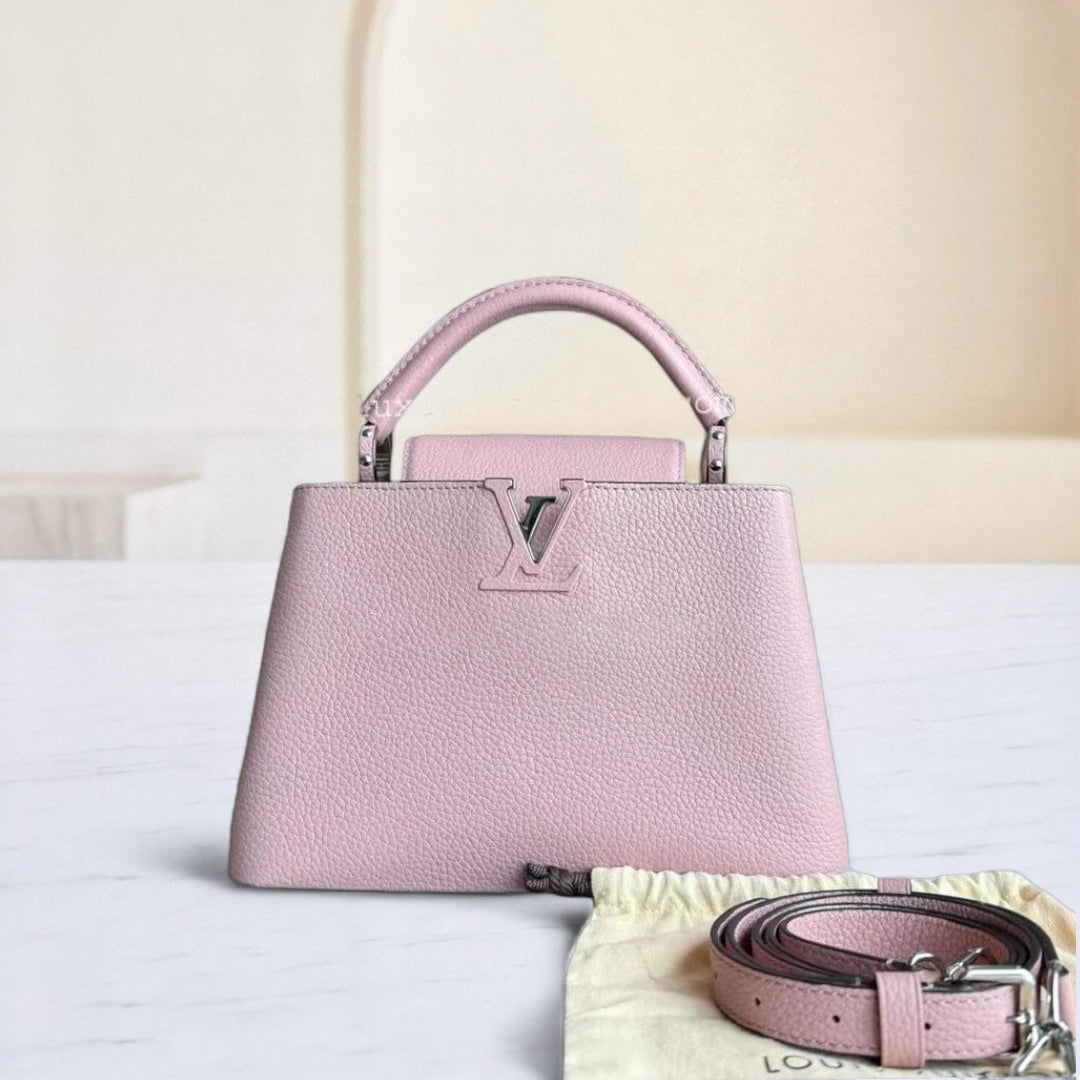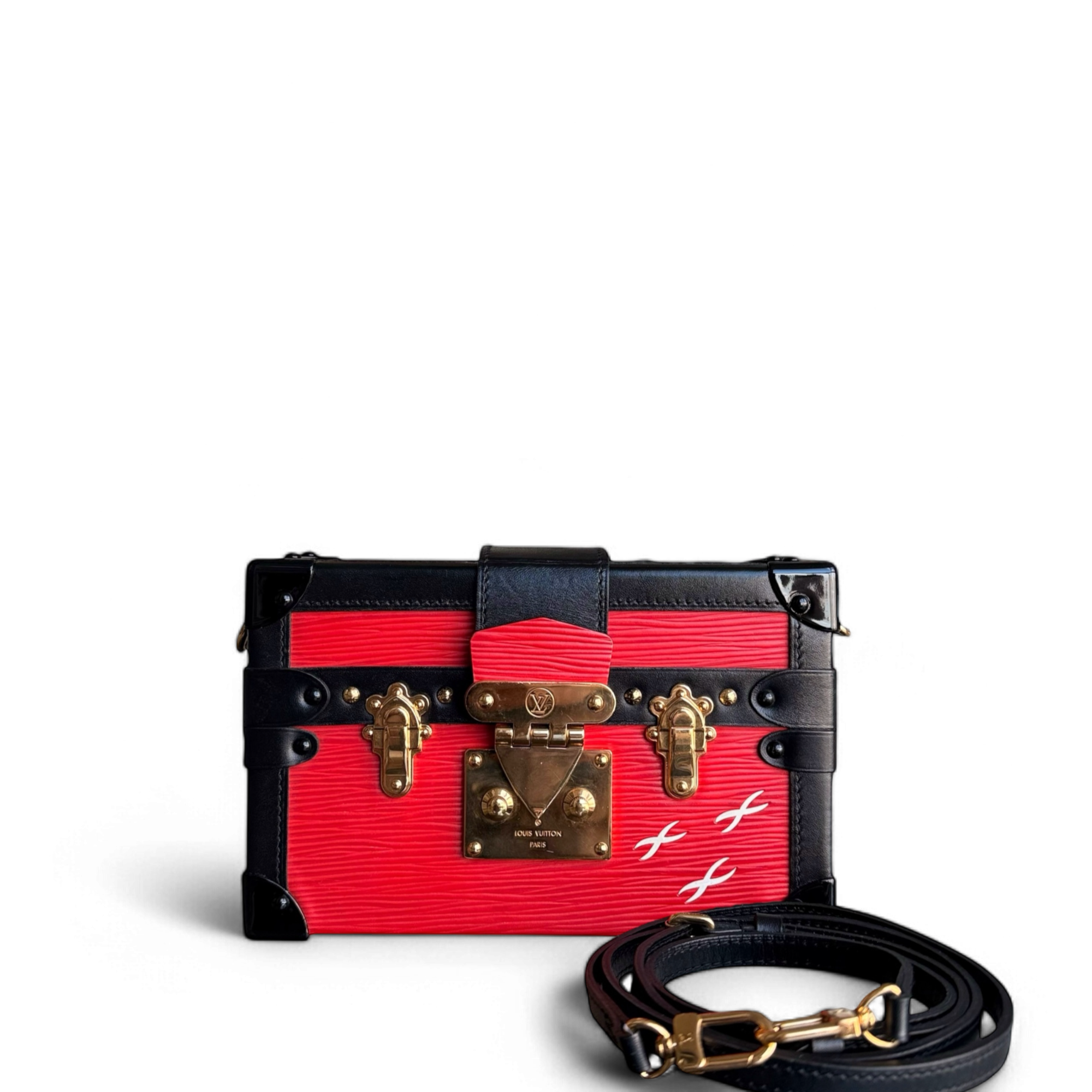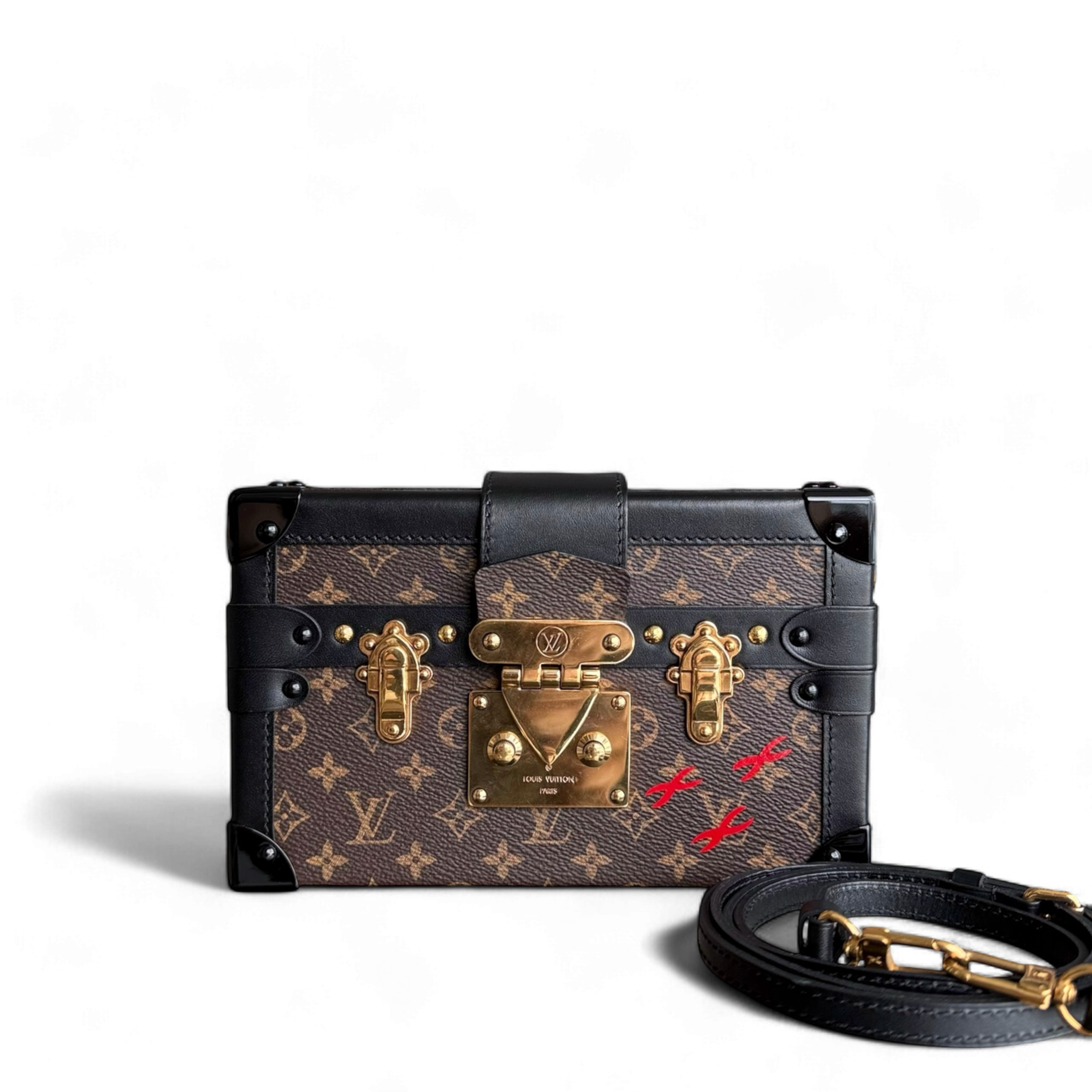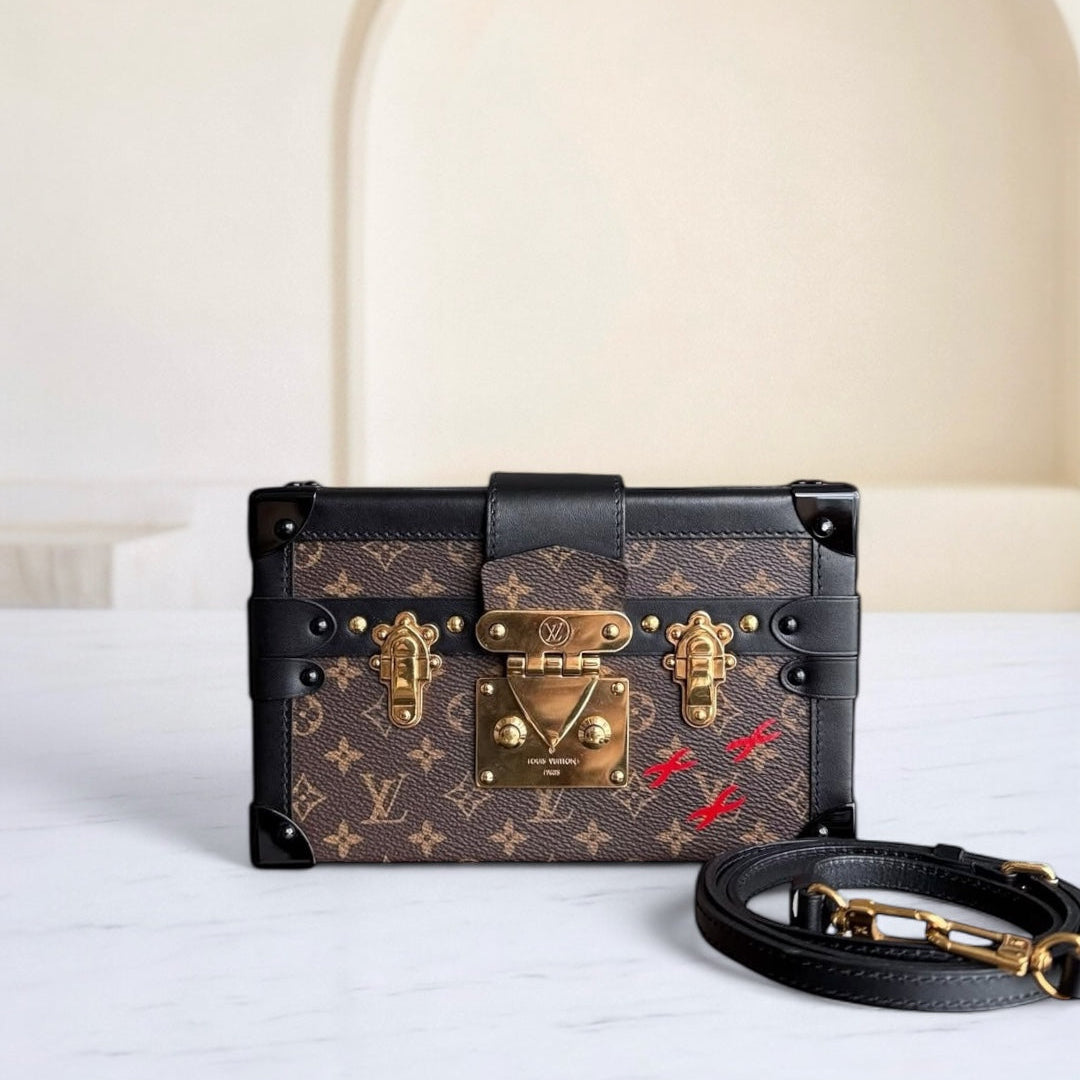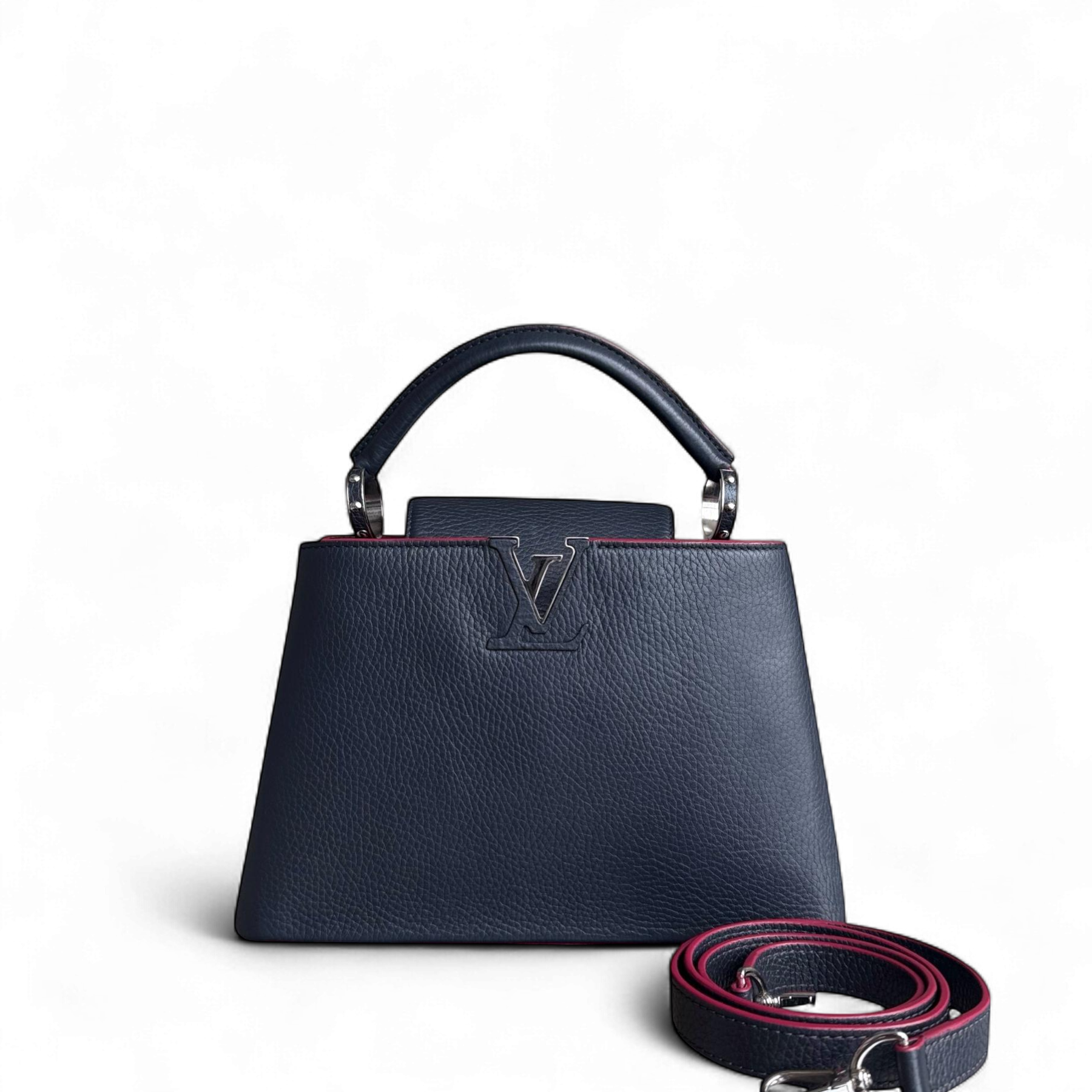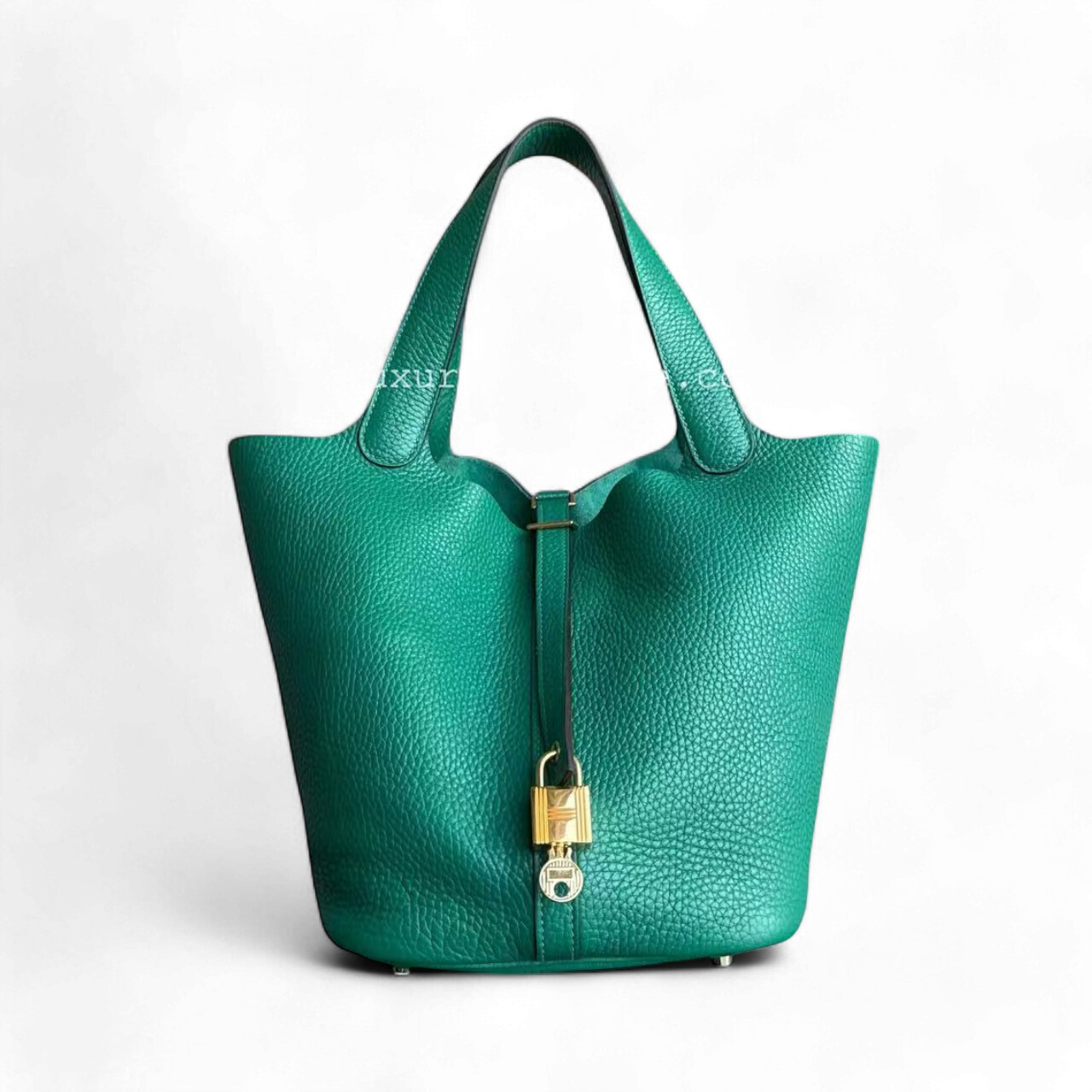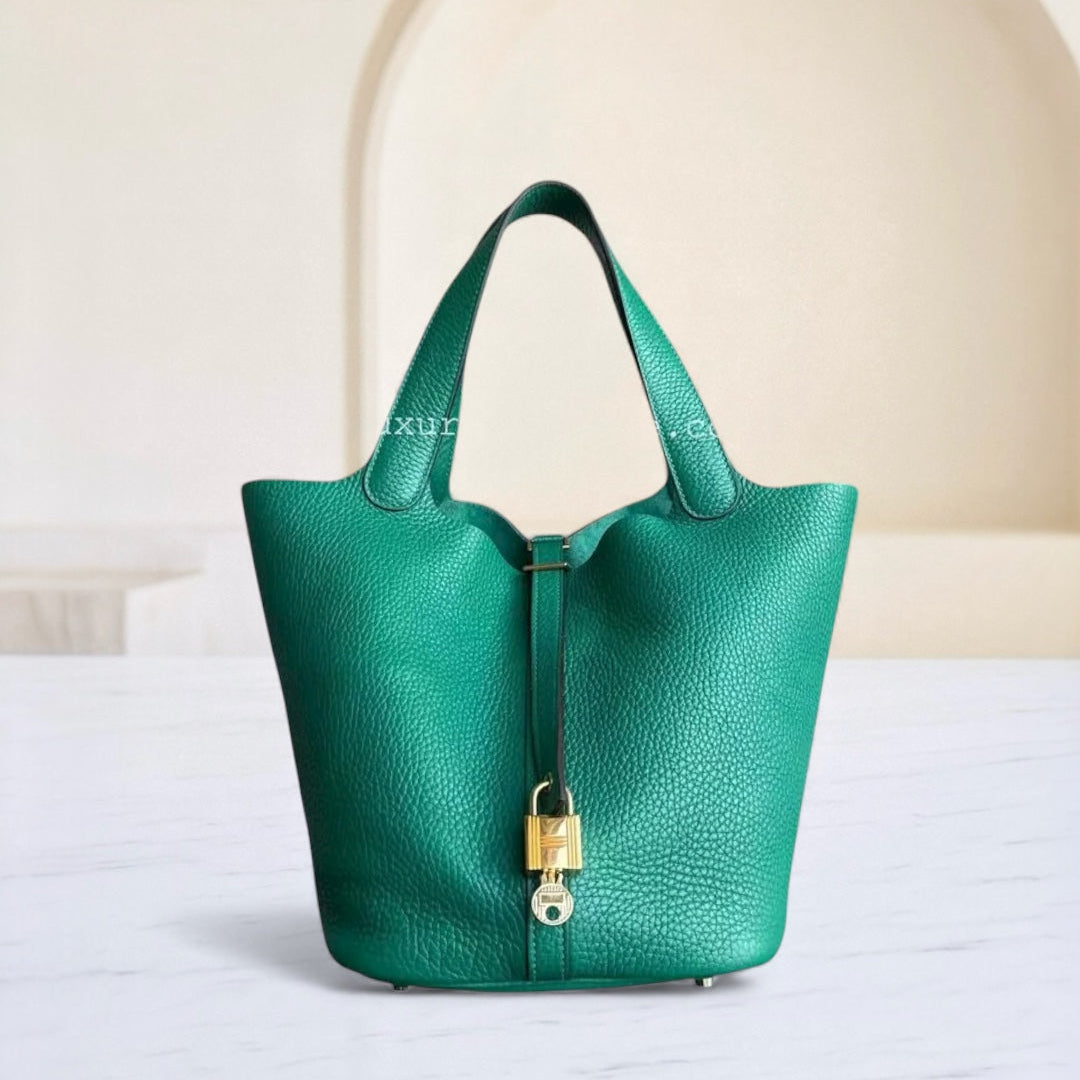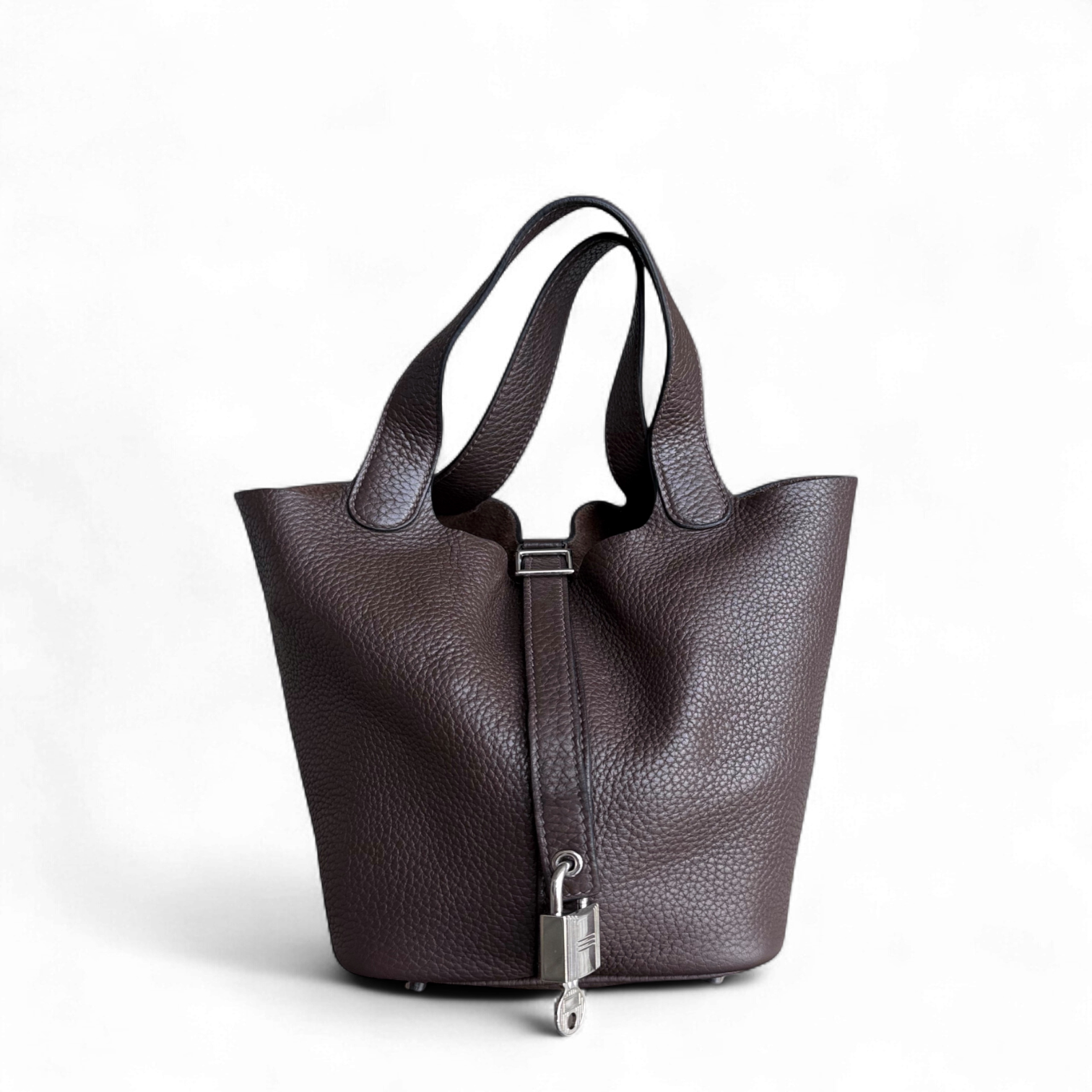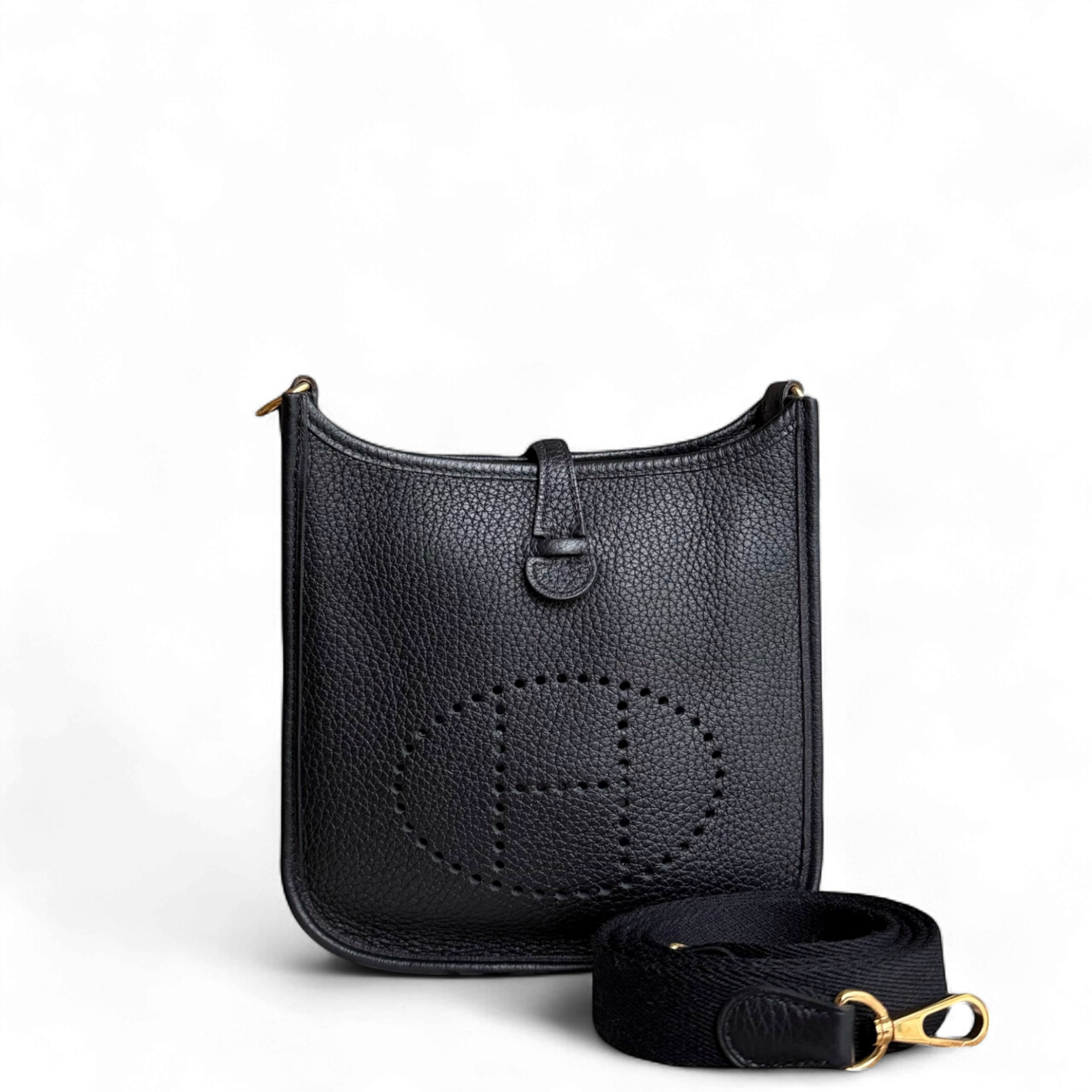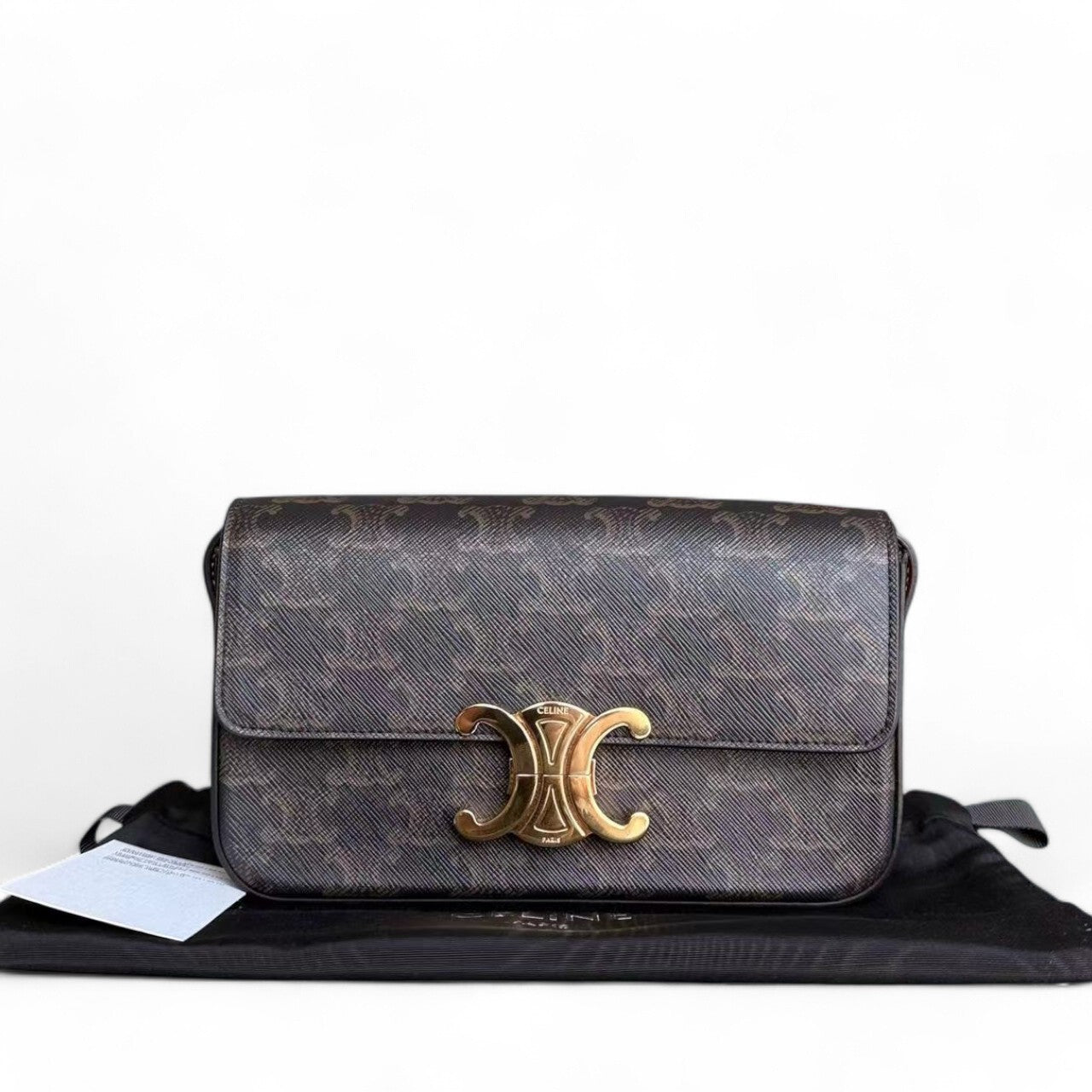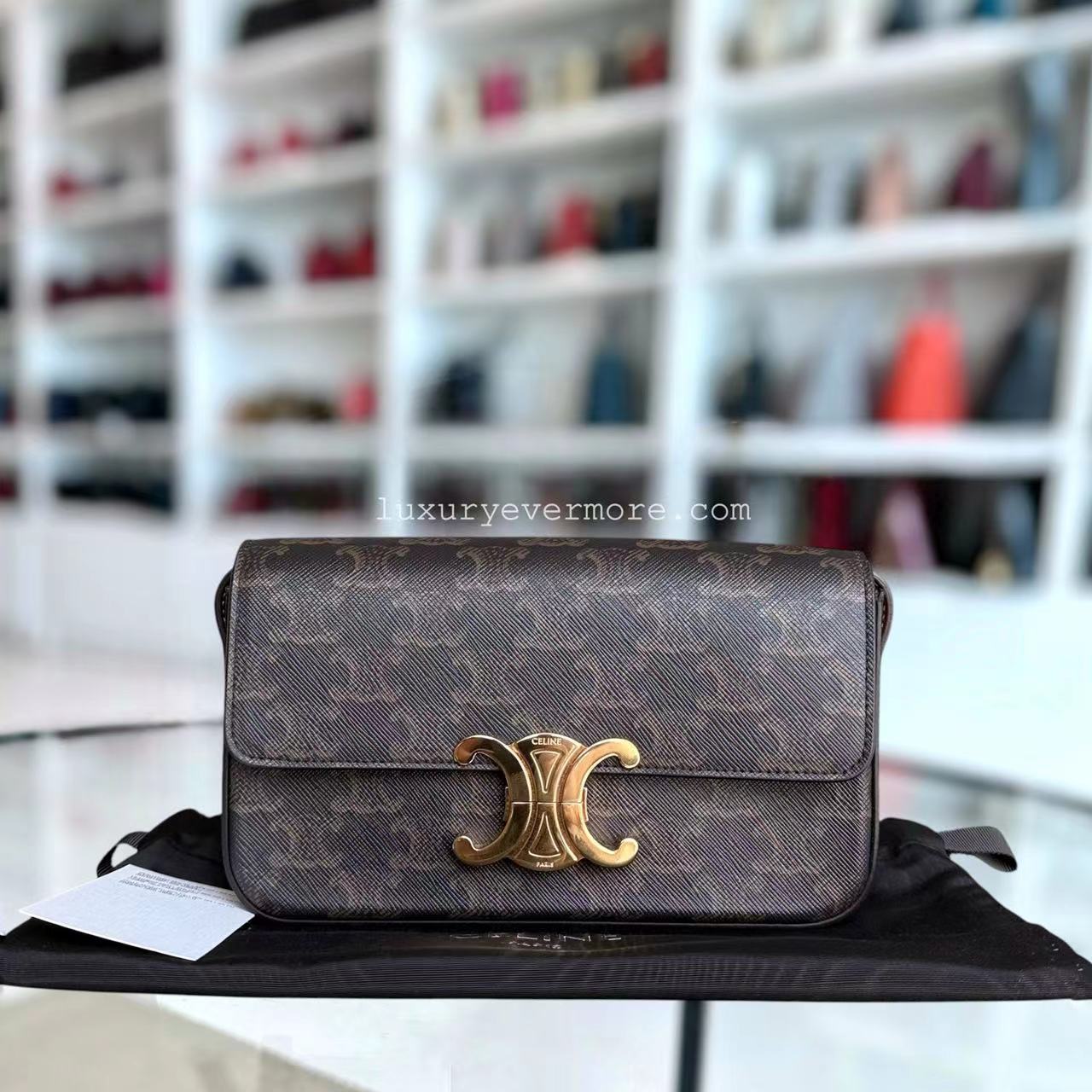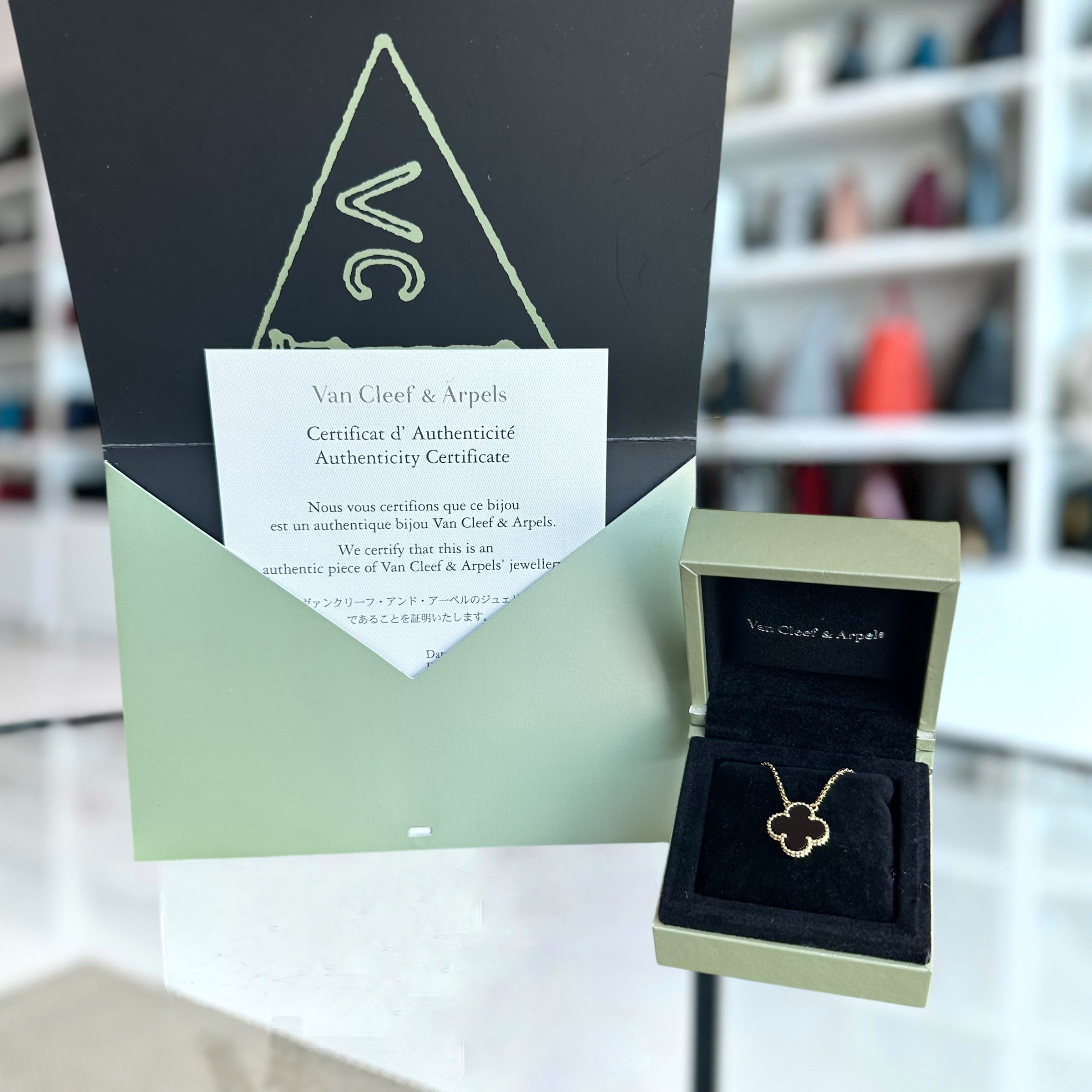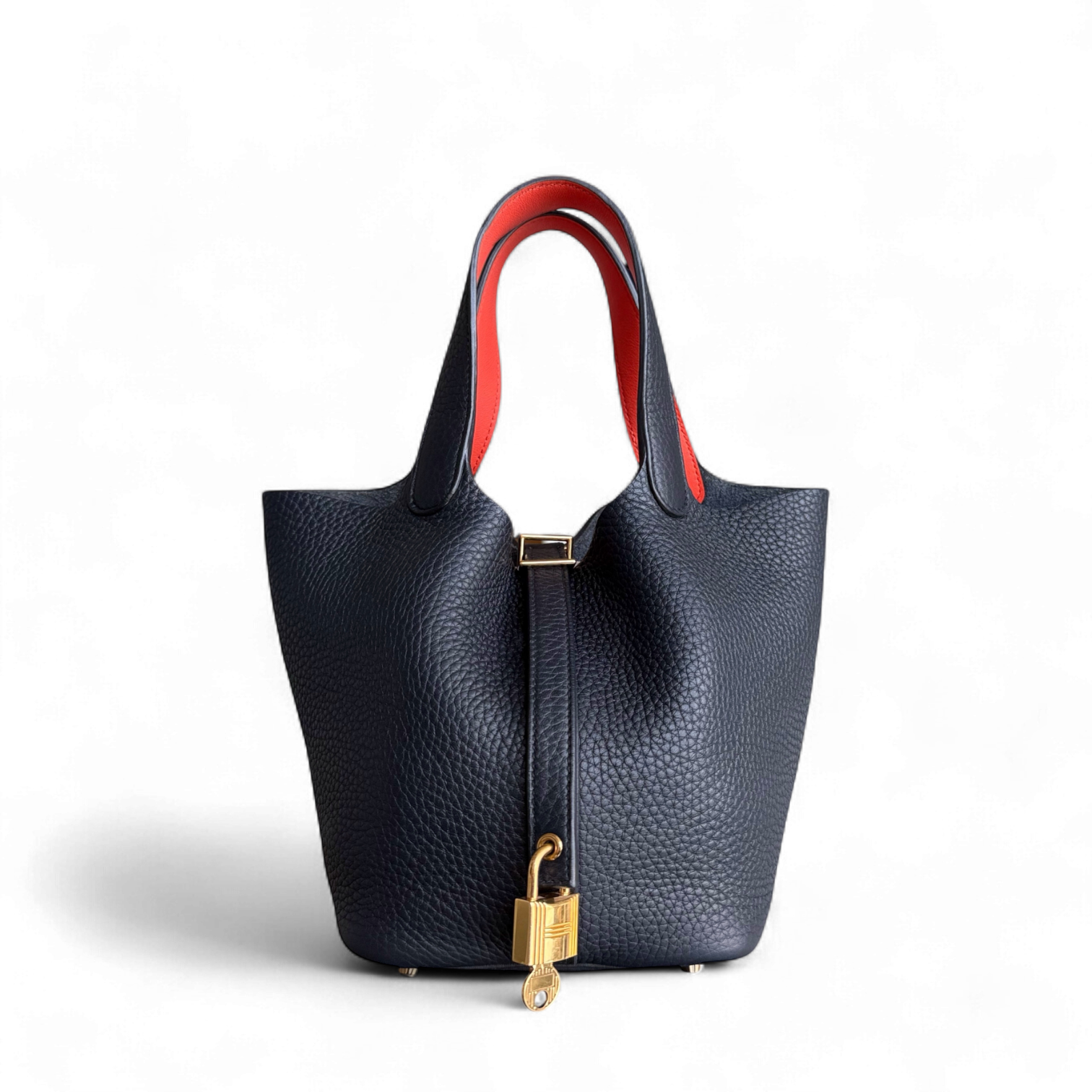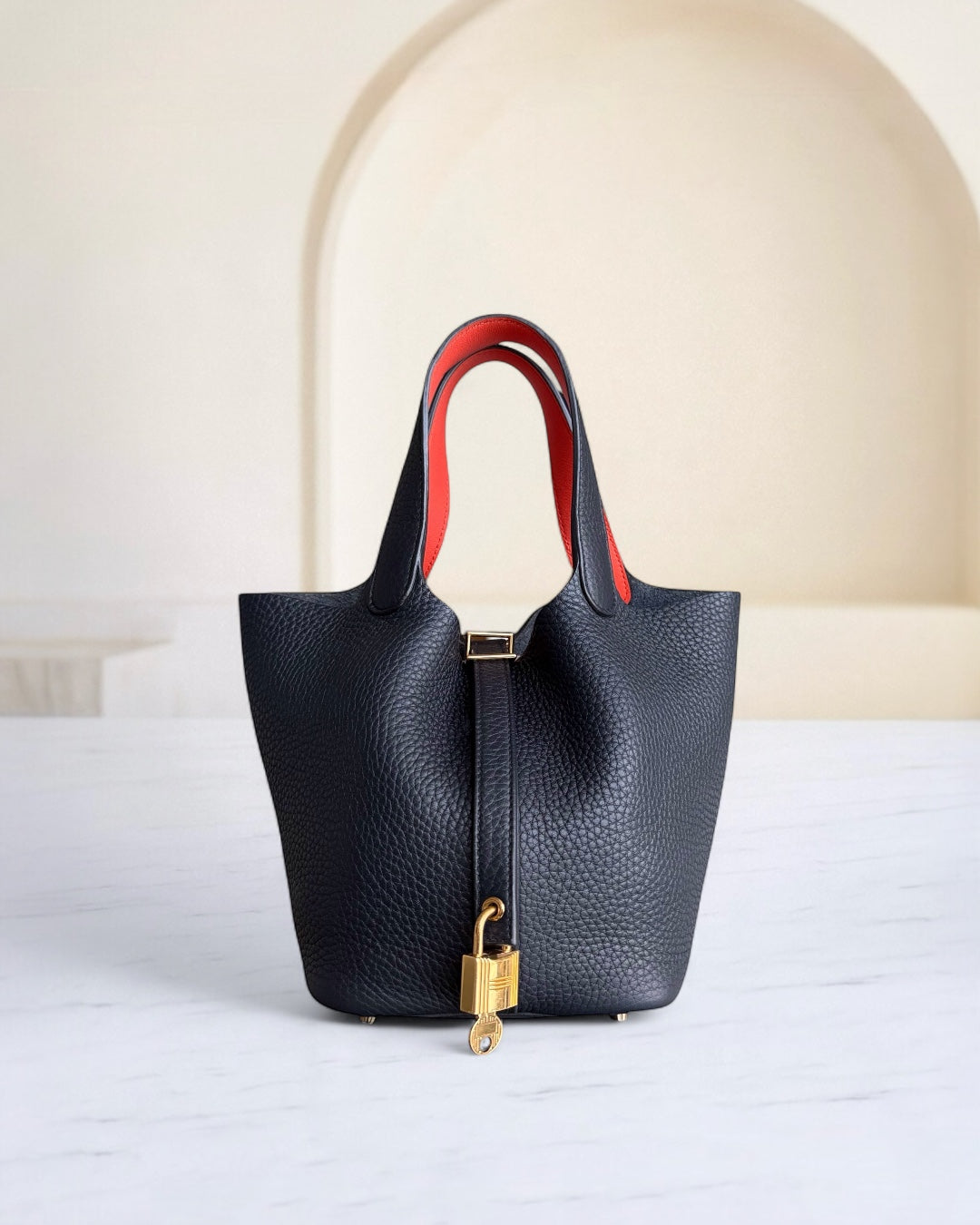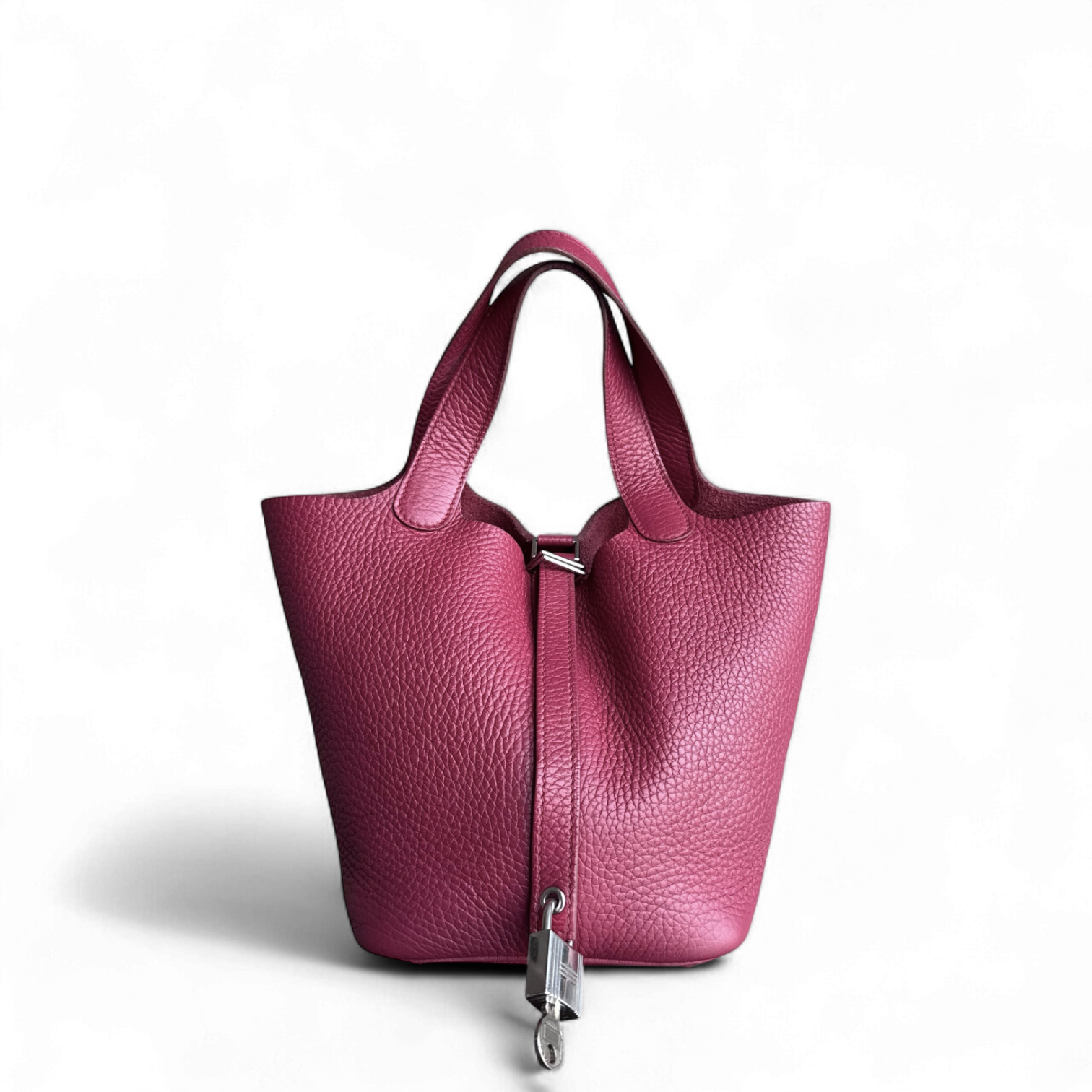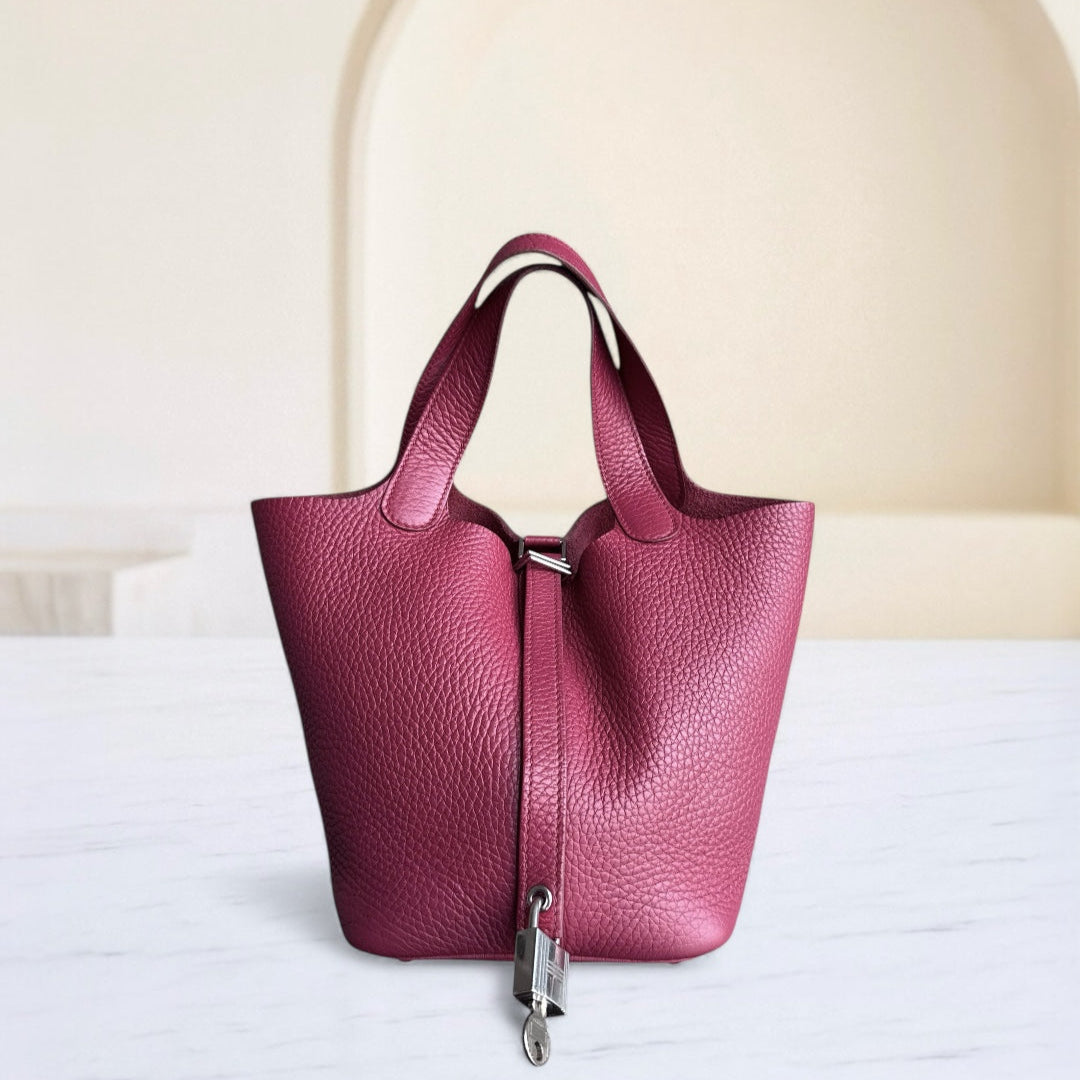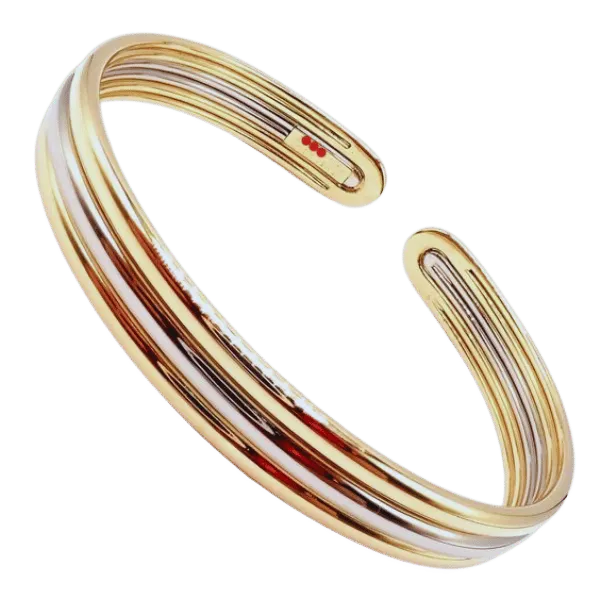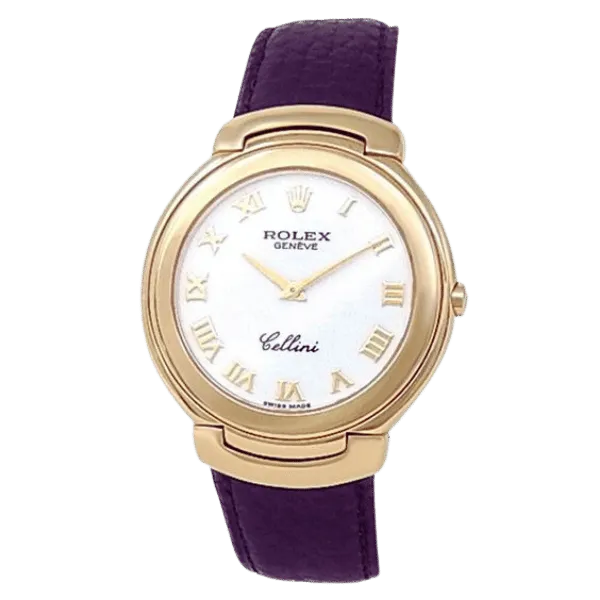Discovering the Rarest of Gems: The Natural Fancy Red Diamond
Touted for its breathtaking and marvelous qualities, the Natural Fancy Red Diamond is a sought-after gemstone that is inordinately rare in the world. Gems of such nature would be interesting to explore as they offer different characteristics and socio-economic values in the market. It would be remarkable to comprehend how these rare utilities have in-depth scientific principles that can further be understood in terms of their color facets, origin, and overall market attributes in the context of the diamond industry. Such approaches would encourage our objectives, which in one aspect would aid the reader to understand the delicate sequence that the Natural Fancy Red Diamond undergoes during the synthesis process and enable the readers to apprehend why this particular stone gained traction and became popular in the world of jewelry.
What Makes the Famous Red Diamond So Rare?

The reasons behind the scarcity of the well-known red diamond tend to be linked with its own formation process and with certain unique lattice defects that provide it with a bright red color. Red diamonds are classified as such because of the color originating from a rare “plastic deformation” or, more commonly, from lattice distortions. Such a phenomenon in geology is infrequent, limiting the existence of natural red diamonds. Furthermore, the small number of places where these diamonds have been found adds to their already existing scarcity, heightening the interest of collectors and raising their prices in the market.
Understanding the Red Color Phenomenon in Diamonds
The rare red color in diamonds serves as an exciting feature which differentiates them from any other colored gemstones. The red color is caused by the light transmission through the diamond owing to red coloration centers, which are created by unique structural defects in the lattice of the diamond. This defect is usual in diamonds formed deep down within the Earth under extreme pressure and heat conditions. Unlike other colored diamonds that owe their hues to the absence of nitrogen or boron, red diamonds do not have any such impurities. Their color is a consequence of the deformation occurring during the formation process of the diamond through condensation, altering the light absorption characteristics of certain crystals forming it. Such a complicated formation process adequately explains the rarity and, hence, the value of red diamonds in the gemological market.
The Role of Atom Structure and Lattice in Red Diamonds
The deep red in characterized diamonds is, above all, caused by manipulating atomic and lattice structures. In ordinary diamonds, the atoms are located in the sites of a perfect cubic crystal lattice. Such is not the case for red diamonds, in which the lattice is modified through plastic deformation, resulting in strain in the crystal lattice. Such strains will change the interaction of light with such diamonds so that specific frequencies of light are preferentially absorbed, responsible for the red color of the stone. The limited availability of the right conditions during the formation of the diamond to enable such a deformation accounts for the difficulty of finding natural red diamonds. Such structural differences are essential for gemologists since they assist in assessing the value of these remarkable gemstones.
Why Red Diamonds Are So Rare Compared to Other Fancy Color Diamonds
Red diamonds stand out among other fancy color diamonds. As a rule, they are bigger and even have a heftier price tag. However, the rarity of red diamonds is well-known, too. Red color derives its hue from lattice deformations of the crystal rather than a mere crystal lattice. Such plastic deformations that are colloquially termed dislocations are fascinating. These dislocations are extreme in both amounts and nature. What is intriguing about red diamonds is how rare they are in terms of being discovered. The rarity of red diamonds means that the market forms a higher demand and a higher price tag when compared to other fancy color diamonds. Hence, it is safe to say that the geological conditions required to form red diamonds are far from ordinary, which is also evident by the fact that red diamonds sell for high prices.
Exploring the Mystique of Red Diamonds: Facts and Myths

Famous Legends Surrounding Famous Red Diamonds
The “Moussaieff Red" is easily one of the most intriguing and sought-after red diamonds, and it weighs about 5.11 carats, making it the most giant red diamond discovered so far. The circumstances around this diamond are shrouded in thick fog, and many legends suggest that the diamond was found by a Brazilian farmer at the Abaetezinho River in the 1990s. Moussaieff Jewelers was already in possession of a collection owing to the rare intensity of colors, which made this particular gem famous, and it was named the “Red Shield” before the business acquisition.
The ‘Hancock Red,’ a 0.95-carat round brilliant diamond, likewise stands out as an impressive jewel. In 1956, the collector Warren Hancock bought this rare diamond for a shocking price of 13,500 dollars before re-selling it almost three decades later at an auction of over 800,000 dollars, establishing its history and strong appeal.
The “Kazanjian Red Diamond” is, however, a diamond with a riveting history, one of the rarest ones. Weighting 5.05 carats, the diamond first served as a pendant, but during World War II, it was stolen. Its case is rather interesting, this pendant went missing for many years only to be found sitting in a vault in Monte Carlo giving it the status of one of the most mysterious gems. Each of the three stones and their history not only takes the mystery to another up but also captivates any individual with an urge to acquire them.
The Historical Significance of the Moussaieff Red Diamond
The Moussaieff Red Diamond is historically significant due to its extreme scarcity and effect on the diamond trade. It is also the most considerable number one red diamond, which weighs 5.11 carats and is among the natural wonders. Reddish diamonds are also exceptionally uncommon, and even so, it has to do with the bonding arrangement and connect with the distortions in the diamond chemistry—the story of the stone’s alacrity borders on the sublime. Purchasing the red diamond, which is said to have passed from one owner to the other and was first found in the unexplored terrains, adds to the saga of the gemstone. This stone alone gives a significantly higher monetary worth. It is also a reminder of how such geological events evolved such gorgeous diamonds that enthuse every jeweler and collector who has the passion to acquire this stone. The sections on how the diamond has been showcased at various exhibitions interconnect fine jewelry and the cultural role the diamond has historically had in such events.
How Does the Color Diamond Grade Affect Value?

The Impact of Hue and Secondary Hue on Pricing
There are two critical aspects of the valuation of diamonds that revolve around the color, and these are zooming in and color modification. The phrase ‘primary hue’ here describes the most salient color in the diamond. In contrast, secondary hues are tones that may either be present that could lessen the primary hue or intensify its effect. It is often true that primary hues with little or no secondary tones command a higher price level because they tend to be more challenging to find. However, depending on the colors and the color combinations sought after in the market, the value of a diamond can change depending on what secondary colors are present on the diamond. For example, orangey-red diamonds are highly valued, so a blue diamond with a dusty green hue may also command a better price if market factors consider the two hues appealing when seen together. In the case of grading a diamond, gemologists look at the most descriptive word of the color and its modifications since these two elements tend to determine the market price of the diamond as well as the demand amongst the collectors.
The Rarity and Value of the Largest Red Diamond
It is essential to remember that red diamonds are one of the rarest colored stones when we consider the size and worth of the giant red diamond. The more intense and pure the red color, the more expensive they are. The Moussaieff Red, weighing around 5.11 carats, is the largest red diamond on earth. Such gemstones are of great value due to their impressive color and remarkable scarcity. What drives up the market price of red diamonds is that they hardly ever show up, placing their price in the region of several millions per carat. Due to the small size and high demand for red diamonds altogether, larger ones are in high demand, meaning any investor or collector who wishes to invest in rare assets needs to have red diamonds. What goes into valuing red diamonds such as the Moussaieff Red are not only weight but color and history significance combined.
Exploring the Fancy Purplish Red and Fancy Brownish Red Colors
In terms of the color of a diamond, fancy purplish red and fancy brownish red are unique and exotic palettes that greatly improve the diamond's look and market potential, making it critical to learn about diamond color. A purplish red coloring in diamonds comes from blending red and purple in its composition, enhancing its bold look. This particular hue is, however, more appealing because it is rare and presents some eye-pleasing contrast. In contrast, a fancy brownish-red diamond takes on a more rustic red hue, a blend of brown and red. Such a combination can add to the appearance and enhancement of the richness of a diamond, thus providing uniqueness to a diamond that can appeal to a collection of those that value subdued and complicated hues of rage there are in the diamond. In both cases, the exclusive appeal of these sets of colors and the supply and demand equilibrium in the marketplace enhance its attractiveness and valuation.
Unveiling the Secrets of the Moussaieff Diamond

The Journey of the Moussaieff Red Diamond from Discovery to Fame
The origin of the Moussaieff Red Diamond can be traced back to the 1990s when it was unearthed from the Abaeté River in Brazil by an indigenous miner. At first, recognized as the "Red Shield Diamond," the jewel weighed 13.9 carats in its raw state. Gained from the cutting and polished by a professional stone cutter from William Goldberg Diamond Corporation, this stone is praised by many experts due to its fascinating board, which is vivid red. After its cutting, the stone shrank to a 5.11-carat oval brilliant cut. This diamond gained substantial recognition 2001 when it formed part of many more diamonds under the display The Splendor of Diamonds at the Smithsonian Institution in Washington, D.C. With its distinctive characteristics, the Moussaieff is known to be the biggest of all Fancy Red, a natural color diamond in the world, and is treated by many as a priceless stone typical to the diamond industry.
Why the Moussaieff Red is Considered a Famous Red
The Moussaieff Red Diamond is regarded as a prominent red due to its deep red color and its extreme rarity. Because only a very few red diamonds are reported to have been discovered, the Moussaieff remains the most giant Fancy Red diamond, which is a classification reserved for diamonds characterized by the most saturation and even red color composition. Its notoriety is consolidated even further by its display in other prestigious exhibitions such as ''The Splendor of Diamonds" arranged by the Smithsonian Institution, where everyone was in awe owing to the striking color and excellent cut. The diamond's history and astonishing features play a significant role in increasing the prominence of the name of diamond in the sphere of gemology and luxury.
Investing in Red Stones: What You Need to Know

How the Red Diamond Known as Hancock Stands Out in Auctions
The Hancock Red Diamond stands out in auctions due to its historical and genetic inheritance and, simultaneously, the deep red color, which is hardly present in a red diamond. This diamond was cut in the form of 0.95 carats as the Fancy purplish red diamond when it was cut. For quite a low amount of money, it was bought by American mineral collector Warren Hancock, who later set a record in the auction. More astonishing is that 1987 it sold for nearly $926315 per carat at Christie’s auction in New York, which spoke volumes about its uniqueness. The history of Hancock adds to the fact that this diamond has a purplish red tinge, and this factor always raises the demand for the diamond among collectors and investors each time it is put up for deals.
Understanding Per Carat Pricing in the Red Diamond Collection
Acquisition per carat is essential to the red diamond collection because of the extreme scarcity and uniqueness of red diamonds, which are difficult to understand fully. By and large, the price per carat is established by several elements such as color, tone, carat weight, location, and the demand and supply of such stones in the market. Red diamonds, particularly those entirely red, attract some of the highest per-carat prices in the market. It has been emphasized in the recent analysis of the market conducted by a leading gemologist that the depth of the red color, together with the history of the stone, boosts the price range. The origin or the past ownership of a red stone also enhances its value on the market, as evidenced in mega auctions, which have shown the value of rocks with famous histories. All these four factors combine to make the red diamond market very cutthroat as the prices of such collectible pieces reach marvelous figures in highly publicized auctions.
The Importance of GIA Certification in Red Diamond’s Purchase
The GIA certification is crucial in purchasing red diamonds as it guarantees the stone's conflict-free authenticity, quality, and value. As a ‘reference body’ regarding geology matters, the Gemological Institute of America provides certificates that assess several parameters, including carat weight, color grade, clarity, and cut. For collectors, investors, and others, this purchase has a guarantee, being a registered certified diamond, which means the red diamond has been carefully checked and marked. The grading reports from the GIA are well-thought-out and explain the critical aspects to the buyers. Thus, the buyer is spared from ambiguity and makes an effective purchasing decision. This is more about gemstones like red diamonds, which are extremely limited phenomena, much enhanced in GIA-certified gemstones for the buyers, with all the negativity concerning value perception lending itself to critical attention in these kinds of transactions.
Reference Sources
Frequently Asked Questions (FAQs)
Q: Why do red diamonds appear so hard to find?
A: Rare red diamonds are among the most costly jewels of all time because of their hard formation due to extreme conditions and a certain arrangement of carbon atoms, along with certain trace elements, diamonds pulse into existence. Only a few pure red diamonds are said to exist, and this hefty claim makes them highly valued.
Q: Is there any notable difference in the availability between red diamonds and other colored diamonds?
A: History depicts red diamonds as the rarest of them all. Other fancy-colored diamonds like blue, pink, and yellow are rare, but red diamonds are scarce. In reality, most red diamonds discovered are under half a carat, making the color red for diamonds scarce.
Q: What is the Hancock Red Diamond?
A: The Hancock Red Diamond is the most famous red diamond. It was found in Brazil in 1920. Furthermore, it was auctioned off in 1987 at around $880,00 per carat, which was a record during that time, especially since it was a 0.95-carat diamond. The price, along with the color, made it extremely high-end for a colored diamond.
Q: Where are the natural red diamonds located?
A: The most recognized source was the Argyle Diamond Mine in Australia. Natural red diamonds have been discovered in numerous sites around the globe, but the Australian mine seems to be the most productive. This mine opened in the 1990s and was founded after the Industrial Revolution. Other sources include Brazil, Russia, and some parts of Africa. Connection, 2020 Conclusion: There is no specific tonality when discussing red diamonds.
Q: How do you measure the quality of a red diamond?
A: Important bodies like the Gemological Institute of America hand out certificates to red diamonds assessing the quality of the diamonds. This certification focuses on the depth and saturation of red color in a diamond. Red-colored diamonds do not have inherent secondary color grades, as these do in other colored diamonds. If a diamond is any other color except for red, the fancy red color rule applies “purplish” or “orangey.”
Q: What Is The Reason For The Red Color In Diamonds?
A: The underlying source of red color in diamond is the defect in the crystal lattice known as plastic deformation. This happens when the diamond undergoes great heat and alterations in the internal structure due to pressure, which modifies the carbon atoms’ ability to interact with light. This is in contrast to other colored diamonds, which, as Oshlack reiterates, are typical with their form of coloration due to trace elements.
Q: How much do red diamonds typically cost?
A: Red diamonds are amongst the rarest and most expensive gemstones one can find. Prices might fluctuate based on the carat size and strength of the color, but 95% of these have an average price of 1 million per carat and above. Some exceptional specimens sell for ever-higher price points and are hence regarded as amongst the most expensive gems available in context.
Q: Red diamonds are unique. Are they kept in an exhibit somewhere?
A: There are plenty of renowned red diamonds on display in various museums across the globe. For instance, the Kazanjian Red Diamond, a red diamond emerald cut weighing 5.05 carats, is seen at the American Museum of Natural History in New York City. In addition to exhibits about rare colored diamonds, such as red diamonds, the Cape Town Diamond Museum in South Africa also displays information about these diamonds.
Q: Contrast a red diamond to a pink diamond.
A: Pink and red diamonds may come from the same family and the same source, but red diamonds are the rarest of the pink varieties. The purest form of red diamonds is known as pure red diamonds, yet pink diamonds from the Argyle mine are more readily available. While the difference between a deep pink diamond and a red one can be minuscule, a red diamond's rarity and sheer scale skyrocket the cost.
Q: Which stone cuts are frequently associated with red diamonds?
A: Because of their scarcity and high price, red diamonds are often fashioned to achieve the highest color saturation rather than brilliance. Popular cuts for red diamonds include the brilliant cut, which seeks to improve the fire and scintillation of the diamond, and the triangular brilliant cut, which is meant for the red diamond's color violet, to enhance the intensity of the color. However, the particular cut that is preferred most often depends on the shape of the rough diamond and the aim of the cutter to keep the weight as much as possible while also focusing on the color red.
Contact Luxury Evermore should you need help with acquiring or building up your collection. There is a variety of brands with different styles, as well as sizes, and colors, for example, Hermes, Chanel, lv and Dior. If you are not lucky enough to find the bag you are looking for on our website then our concierge team will probably be able to order it for you. We provide 100% authenticity guarantee for all our bags, and any item sold on this site will be dispatched to you within one to two business days upon receipt of the payment.
